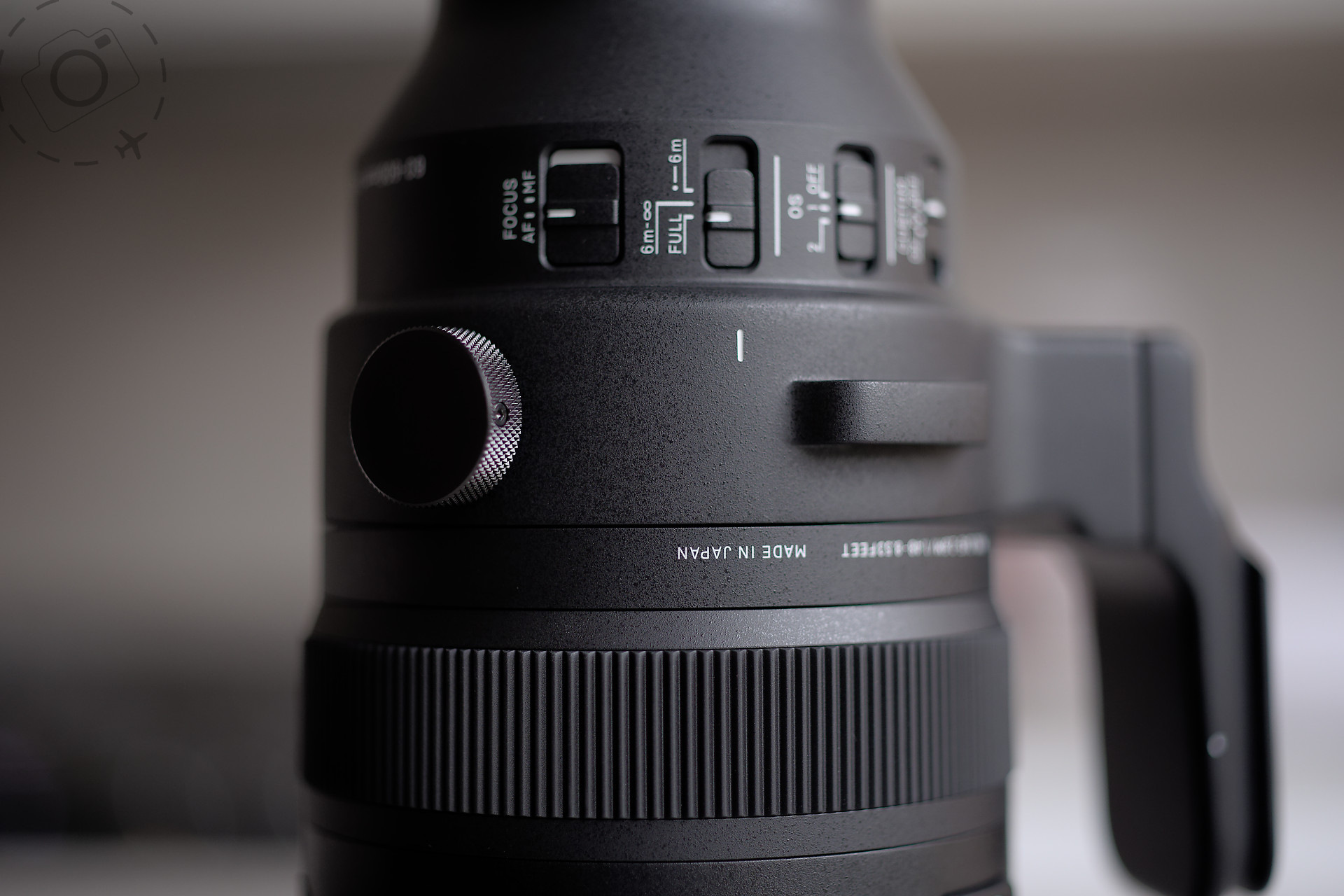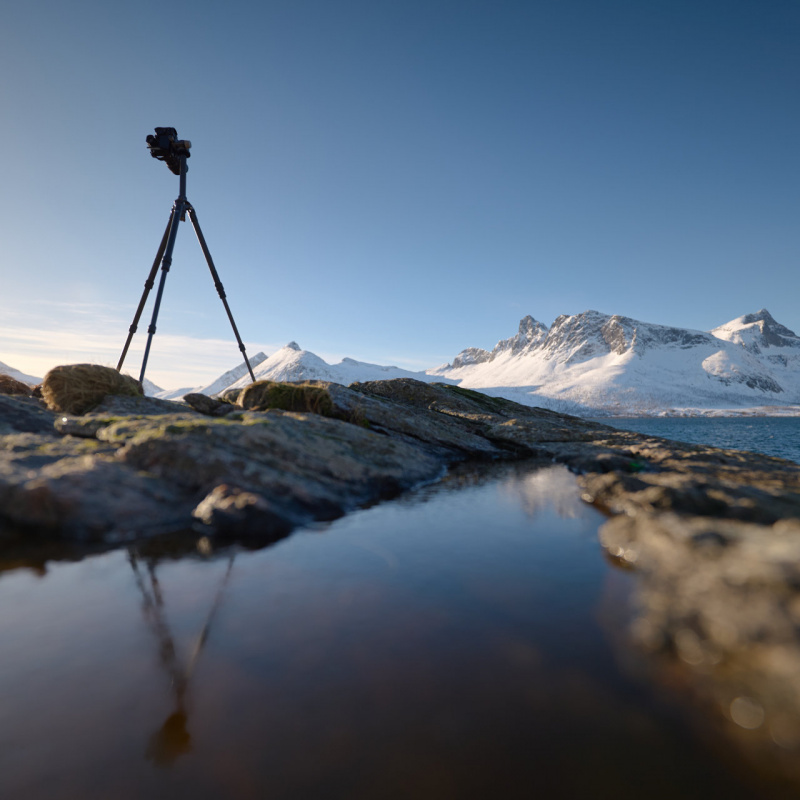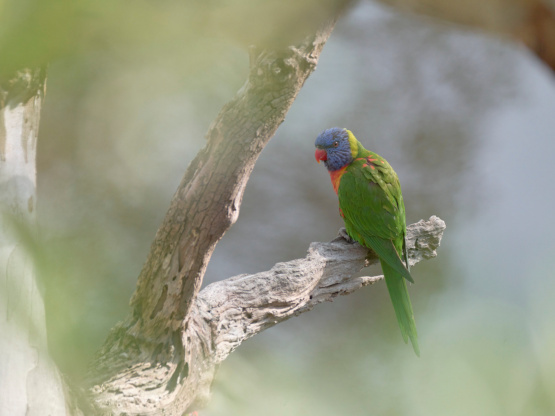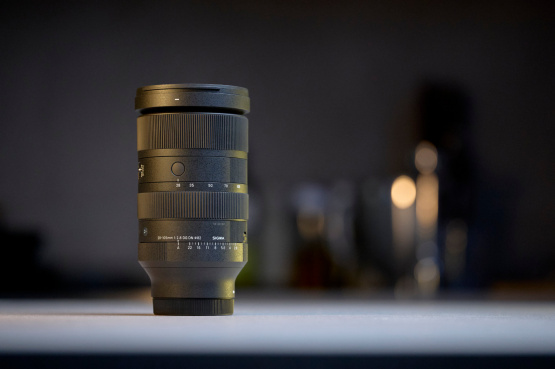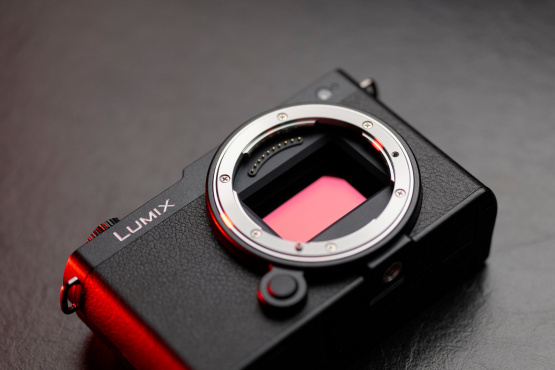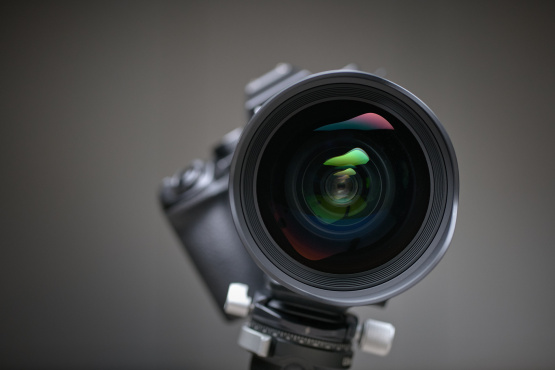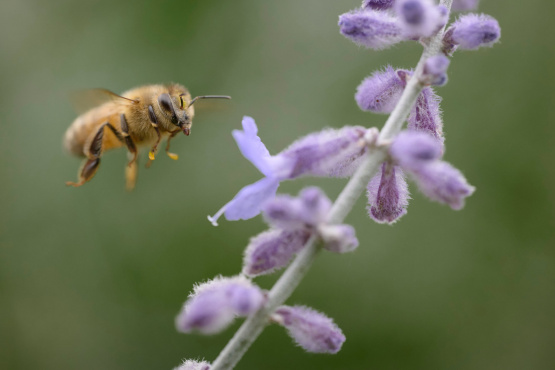
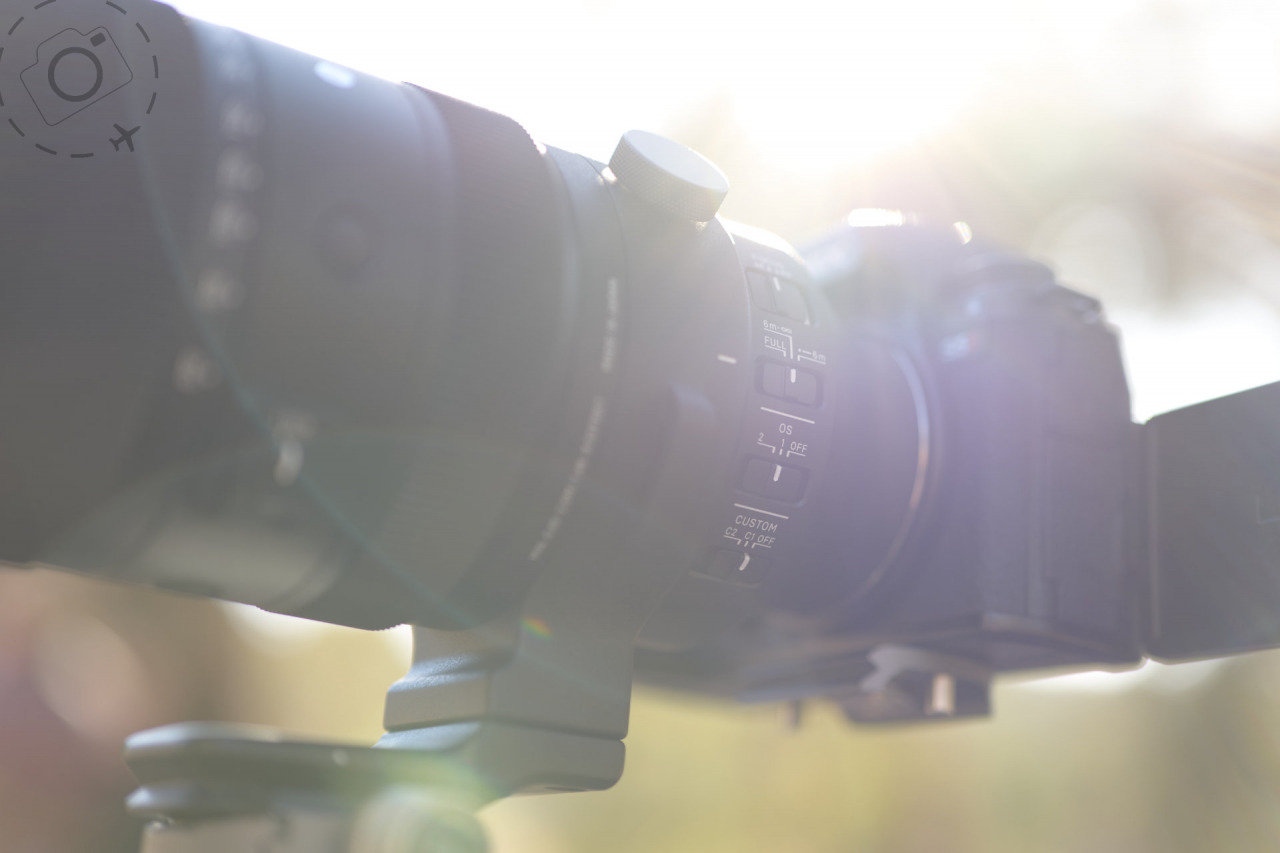


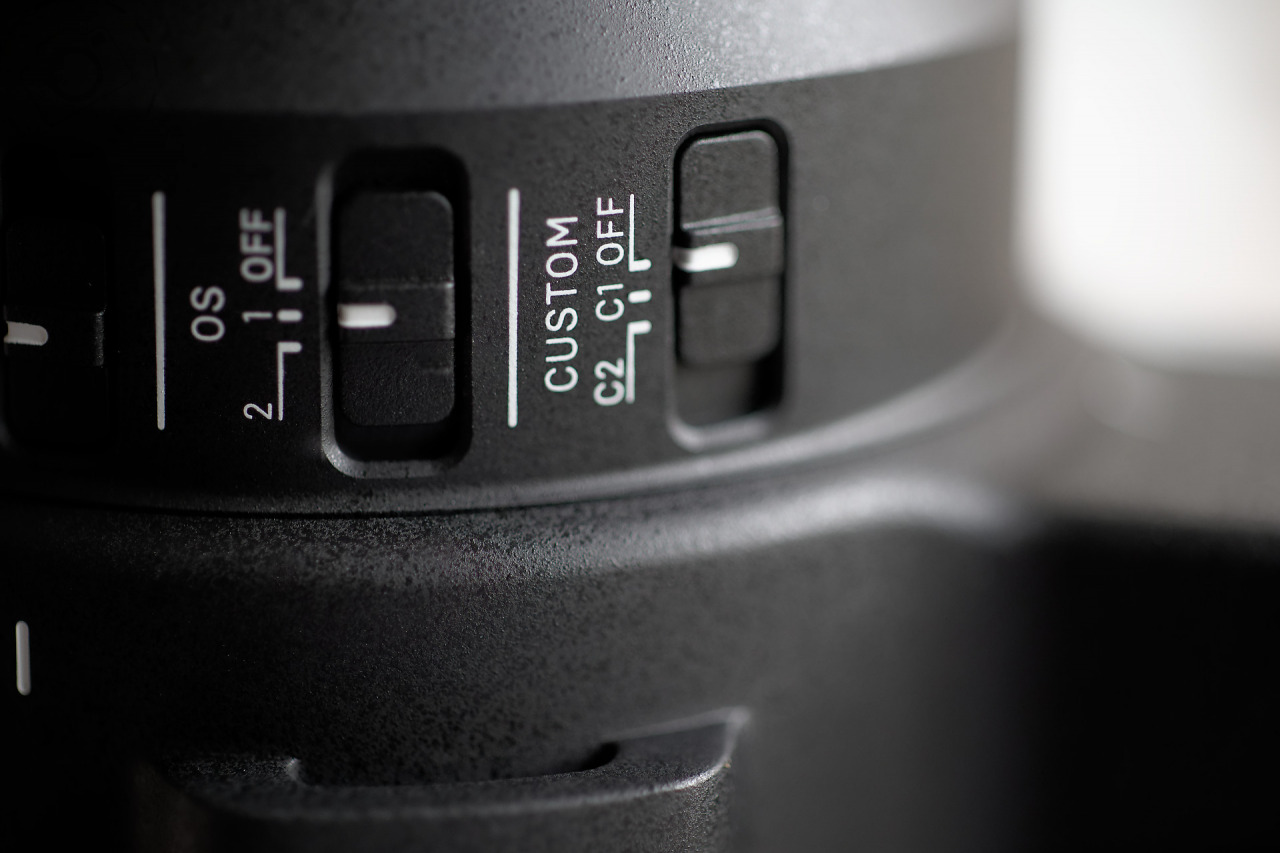
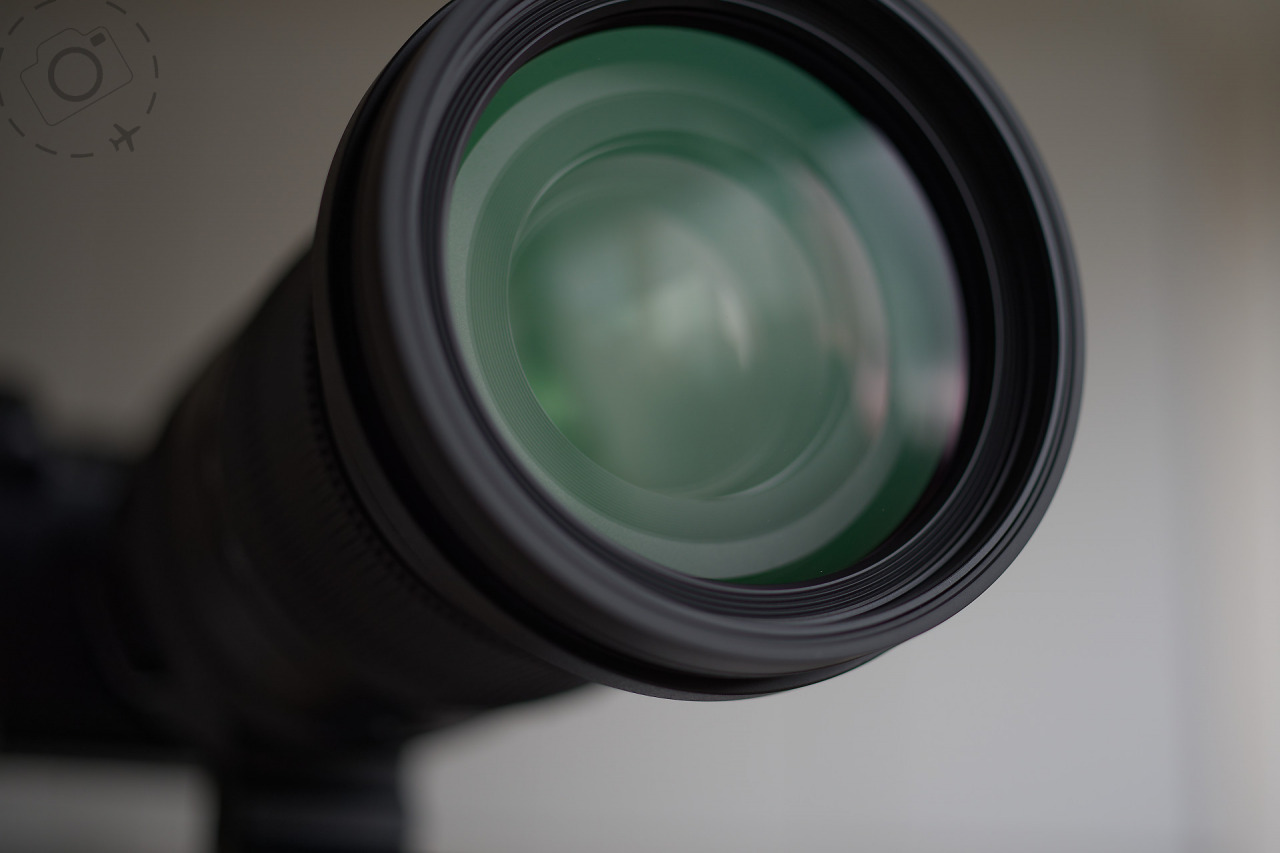
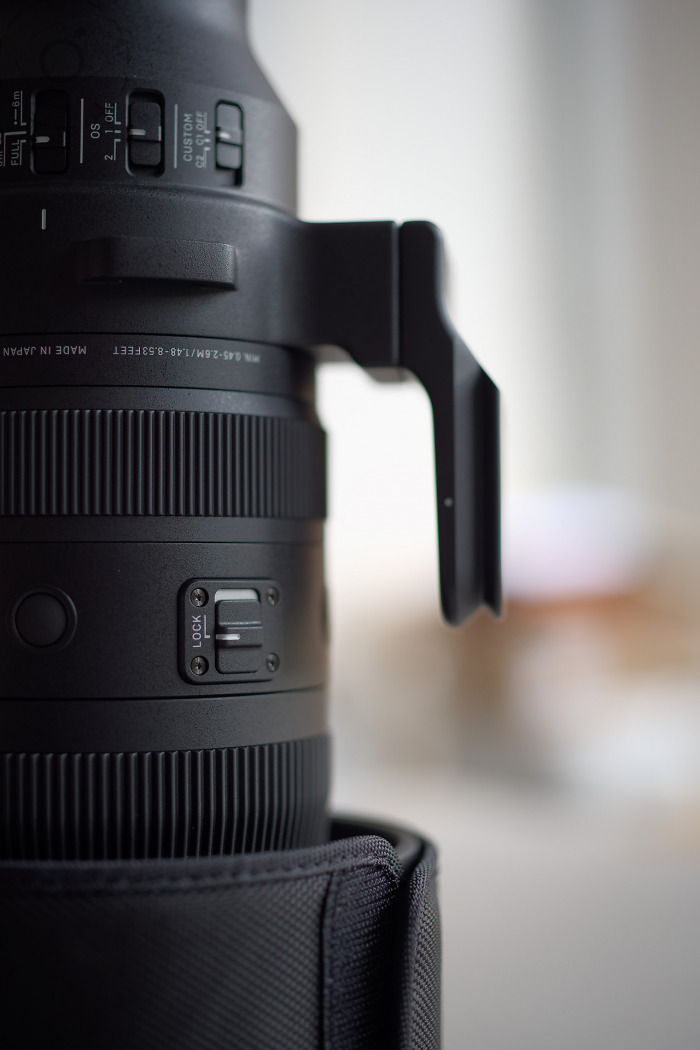
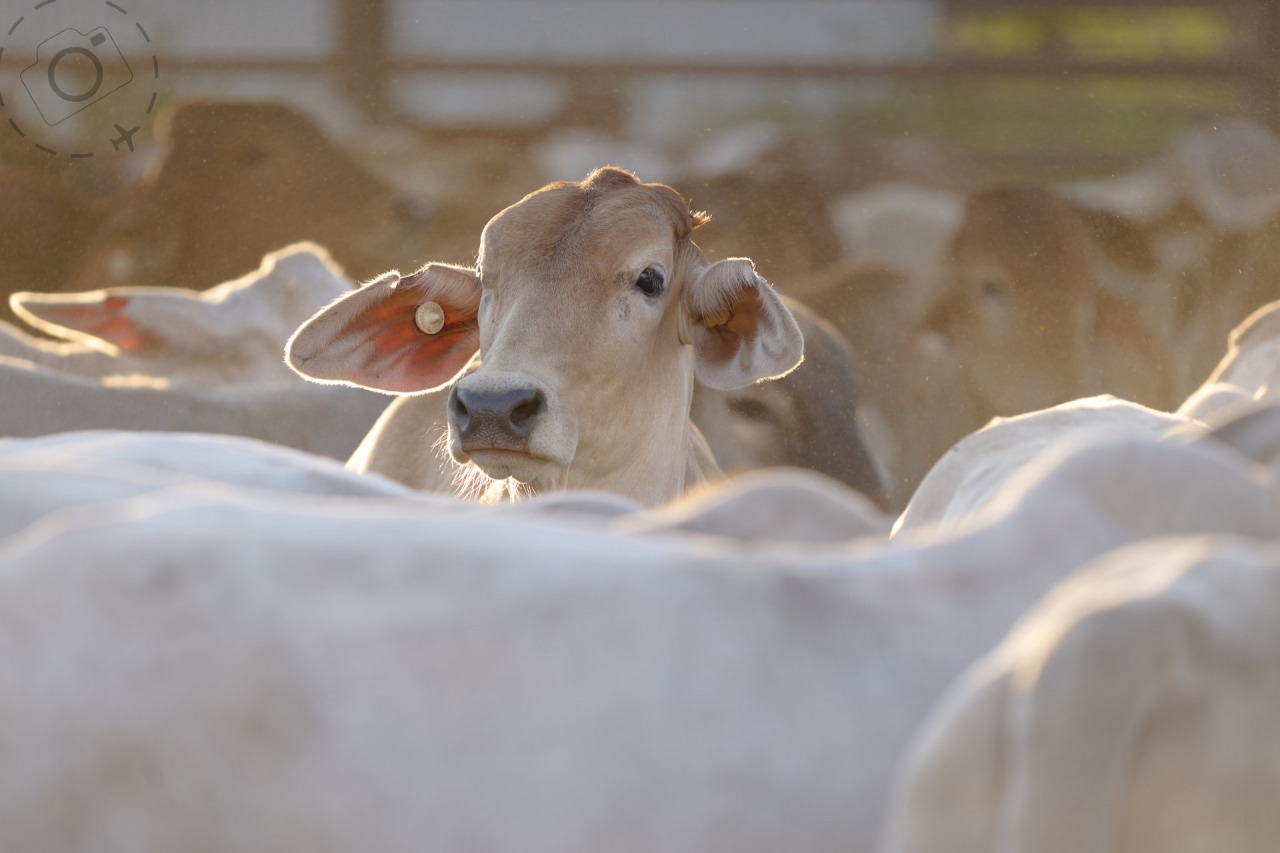
JABIRU BREAKFAST
As the early morning light reached across Arnhem Land, bathing the wetlands in yellow and orange hues, we putted along a quiet section of billabong in search of camera friendly birds. A female Black-necked Stork (Known as the Jabiru in the old money) was working a patch of shallow water. Small fish are caught in a natural rock pool as the floodplains recede, and for an adult Jabiru this presents an easy breakfast for minimal effort.
Jabiru are large birds, so even though she was a fair distance from our flat-bed boat the 600mm reach on this telephoto was ideal for the job. Every so often I would back it off a little to 500mm just to take in a touch more of the scene. For 15 minutes we sat and watched her work the rock pool. A pair of shelducks were preening to one side, and whistling ducks on the other, while egrets and a pied heron foraged in the grassy shallows. Our Jabiru stood tall in the scene, with it’s magnificent red legs, bright yellow eye and opalescent hues of green, blue and purple from neck to head.
I’ve photographed a lot of Jabiru in these waters over the past two decades, but this encounter was a little bit special. I had never previously had a chance to examine the subtle tones and hues of the Jabiru feathers. The flanks that I previously regarded as black revealed opalescent hues of it’s own. A variety of greens, brushed across the wings like strokes of a brush.
I was using the LUMIX S5II on this occasion, and experimenting with it’s new and much applauded AF system. The trouble with cameras loaded with so many features is getting a chance to learn how to drive them. My traditional method for wildlife is just to match the AF area to the scale of the subject in frame, and push the AF to one side or the other so I can avoid compositions with *everything* in the dead centre of frame. But the LUMIX S5II goes way beyond those basic features. Our encounter with the Jabiru was my first opportunity to test both the “Animal Detection” and “Tracking” modes in the wild, and was impressed to see how effective they really are compared to doing all the hard work myself.
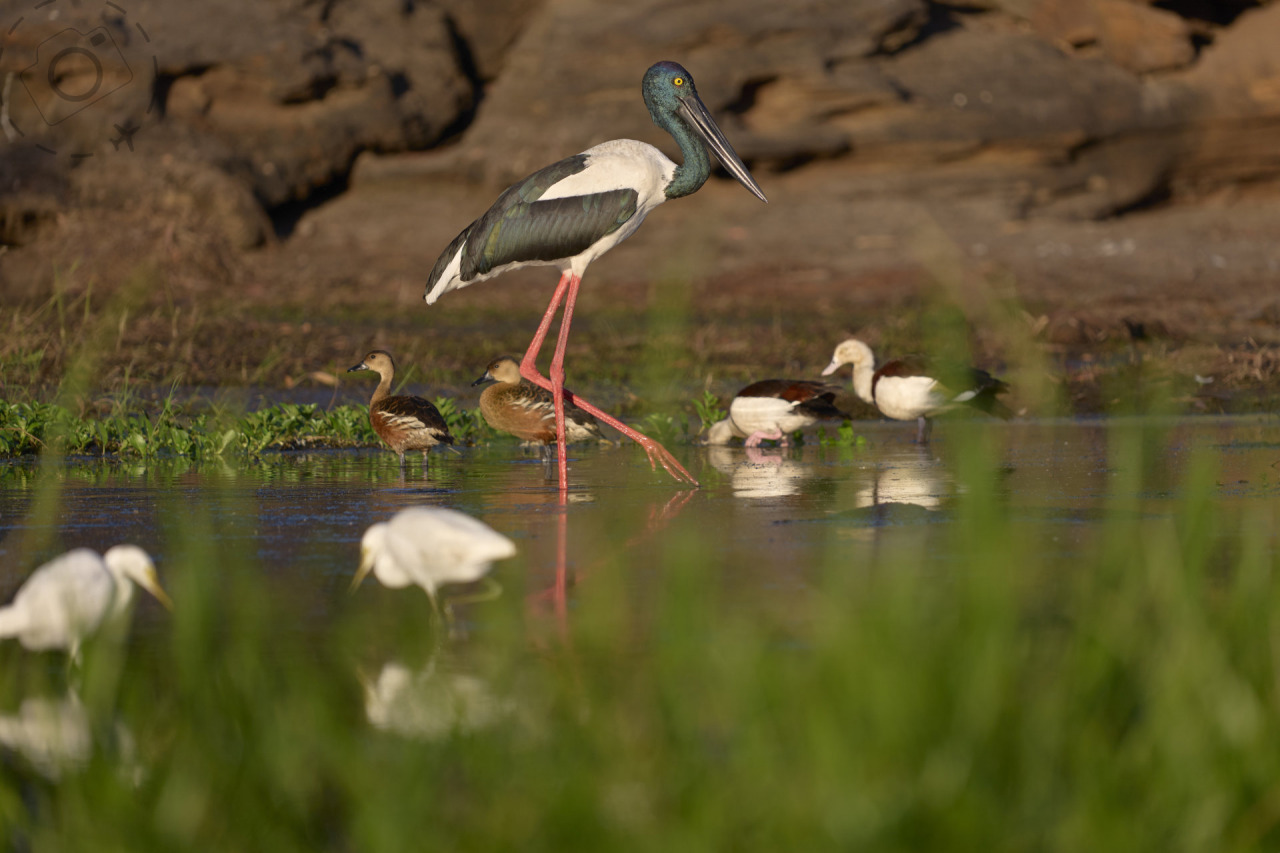
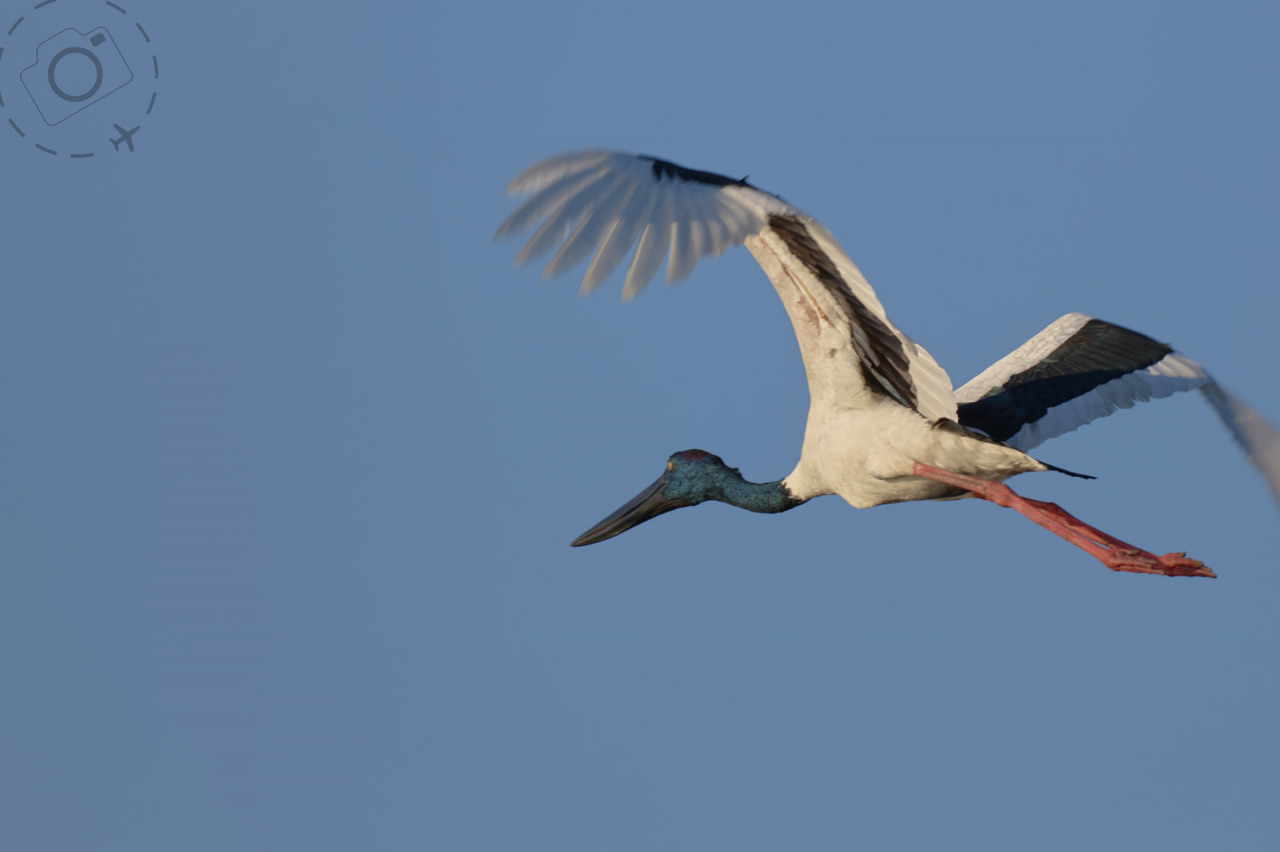
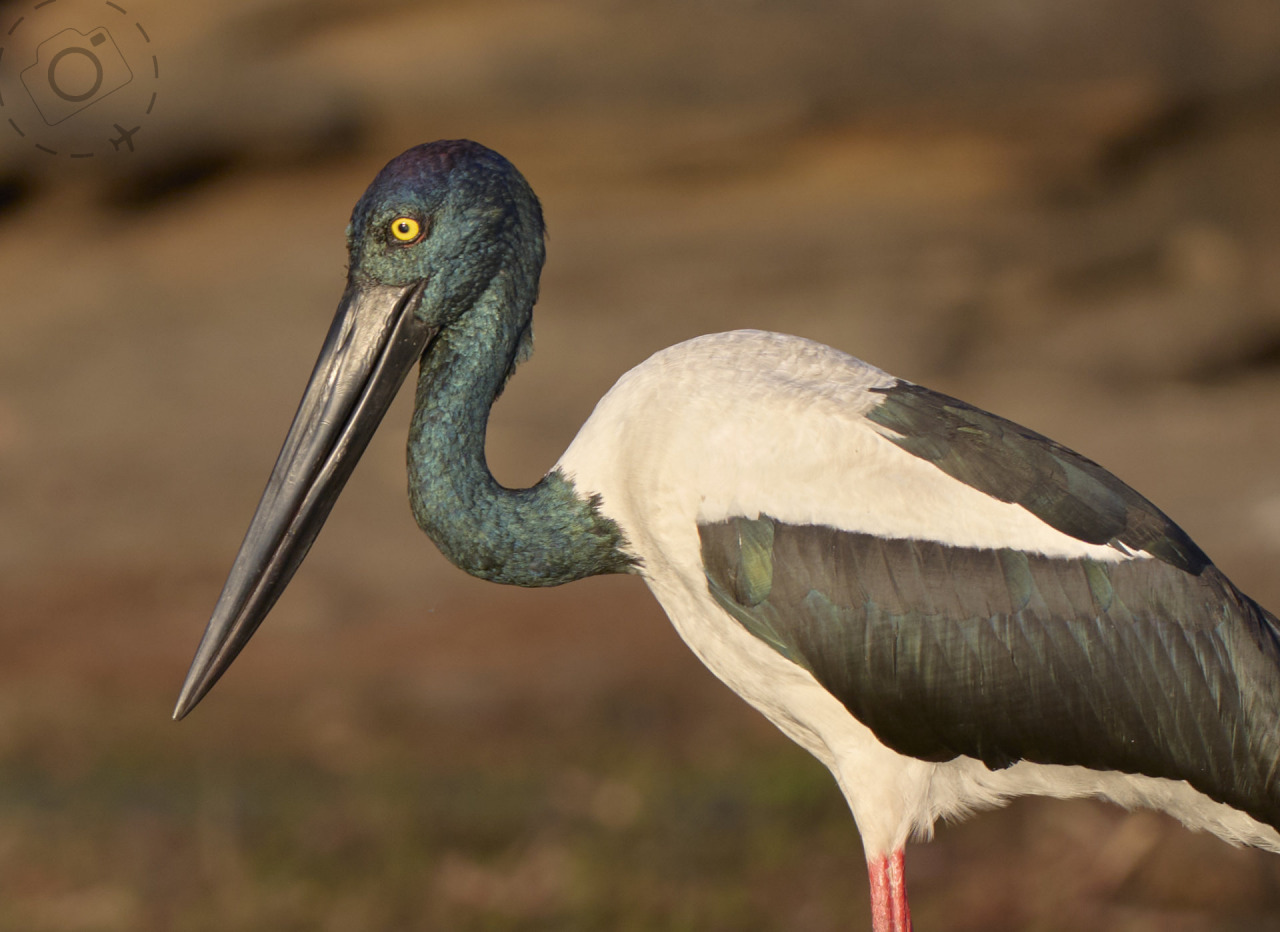
THE BASICS
My typical setup for shooting from a moving boat is a minimum shutter speed of 1/800th of a second, aperture priority wide-open, with auto ISO and high-speed continuous burst. Snapping frames of a Jabiru flipping a fish into it’s mouth came up pin sharp, for both focus and shutter speed. The morning light was early enough to be warm and gentle, but late enough to have a little punch and contrast. Our angle on the sunlight wasn’t ideal I have to admit, coming pretty much directly behind us and producing flatter tones than my usual style. I like a little contrast and depth myself, but I wasn’t going to pass up this moment with such a graceful stork.
We edged the boat up against a rock pool and all I had to do was focus and shoot. I dropped my tripod down a few feet to get a lower perspective, and used the foreground grass as a compliment to the background. I like bokeh, both in front and behind if I can get it. I had the Sigma 60-600mm mounted directly to a tripod making it easy for me to manage the weight while we drifted closer into the shallows.
I appreciate the small details on this lens such as the Arca-Swiss mount moulded into the lens collar, so I don’t need to faff about with tripod plates that sometimes work themselves loose under the weight of a 2.5kg lens. Another feature of this lens are the programmable focus buttons. On the LUMIX S5II there’s an option to set this button for “AF Near Shift”, which instructs the lens to hunt forward for the subject instead of reaching to the back. When switching between subjects rapidly, this feature can save valuable seconds. I like complex layered scenes anyway, so it’s a feature I use more than most people. On the Sigma 60-600mm there’s three of these buttons instead of one, which means no matter where you’ve rotated the lens collar there’s an AF button in the correct spot for your hands to locate without having to look away from the view-finder.
We spent three days on the billabongs capturing birds and crocs and wallabies and other wildlife. Most of the time I’m sitting at the back of a flat-bottom boat with a tripod loading the weight. But every so often the moment called for handheld intervention. The Sigma 60-600mm is a handful to work without a tripod support, but not impossible. I spent a good 15 minutes chasing terns as they flitted past our boat, scouting over the shallows ready to dive in for a snack. Keeping a small bird inside the frame with a 600mm lens is seriously difficult if you’re not lined up through the viewfinder. So handheld is the way to go in these situations – and it’s totally doable even with this size lens.
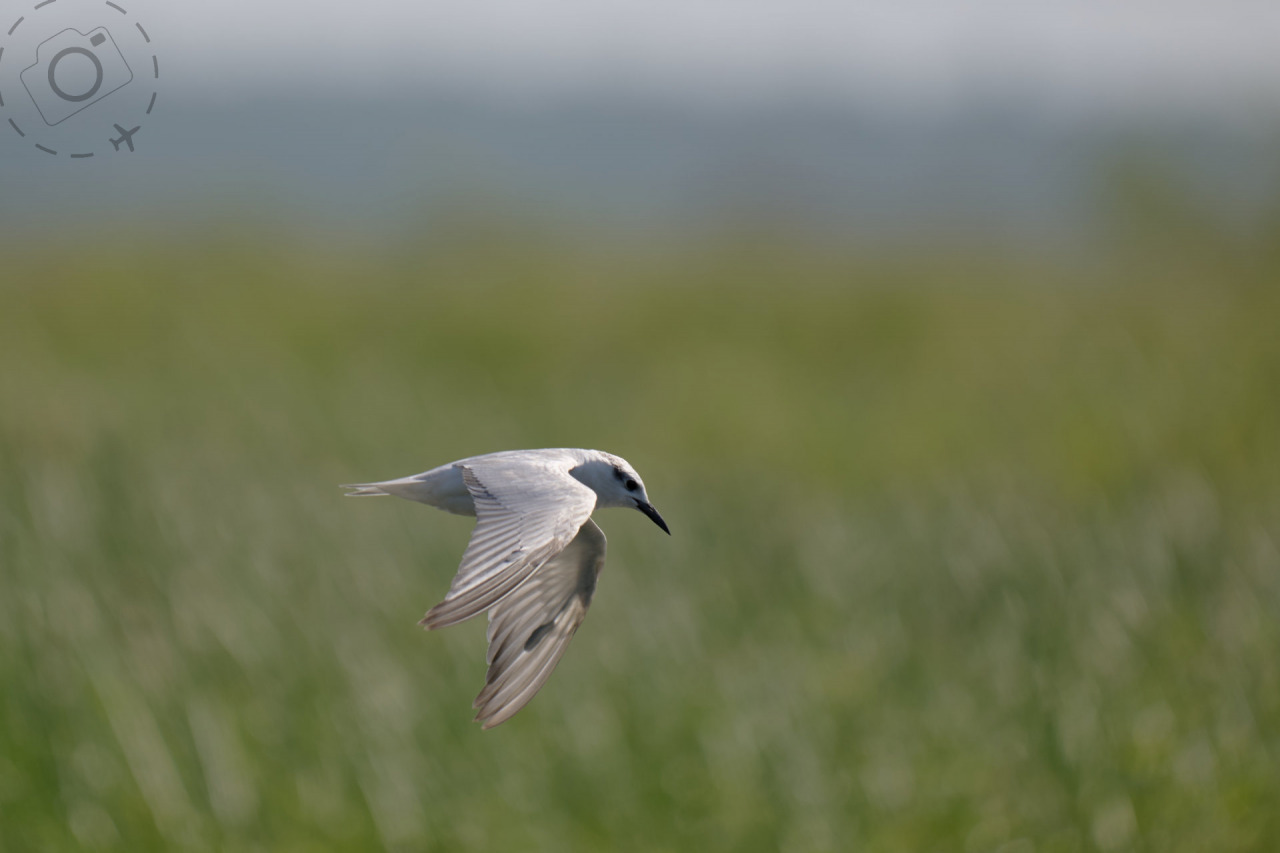
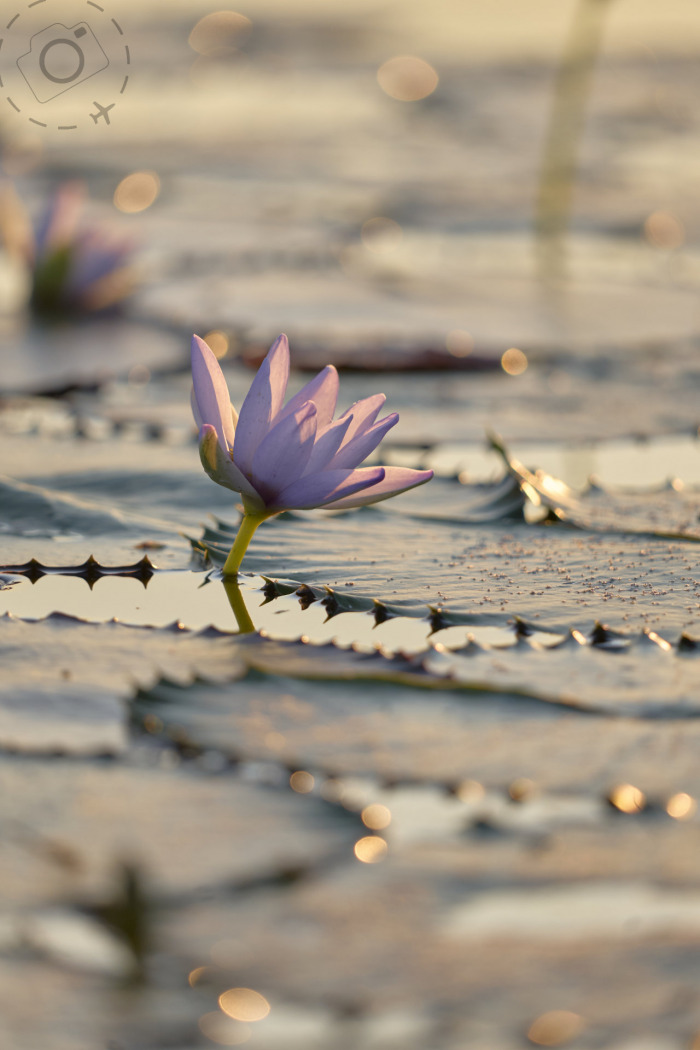
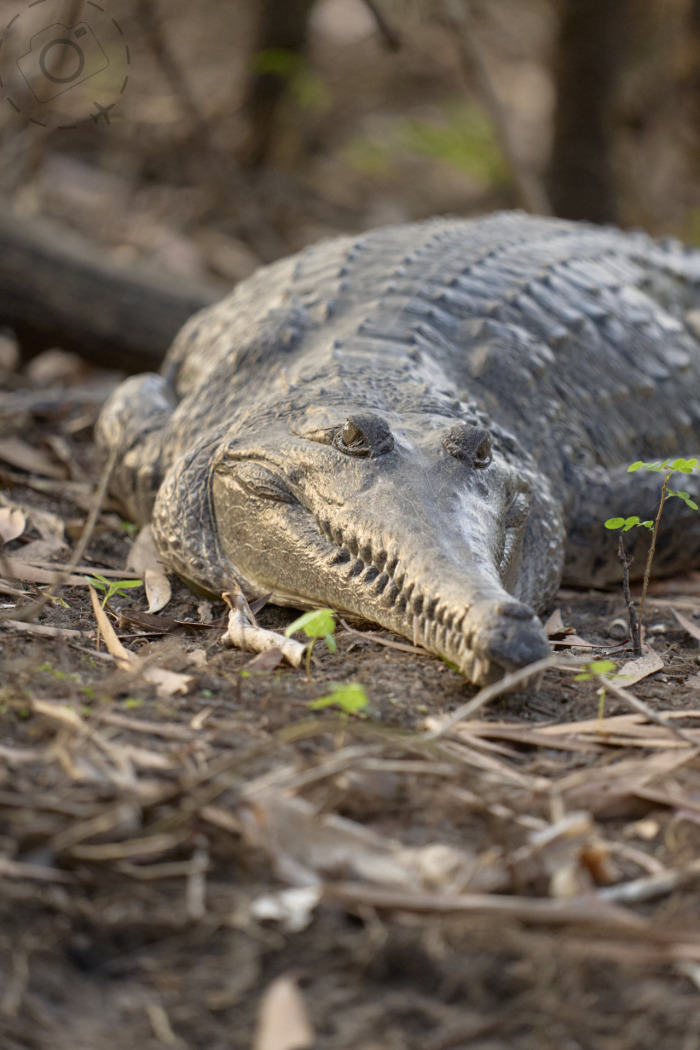
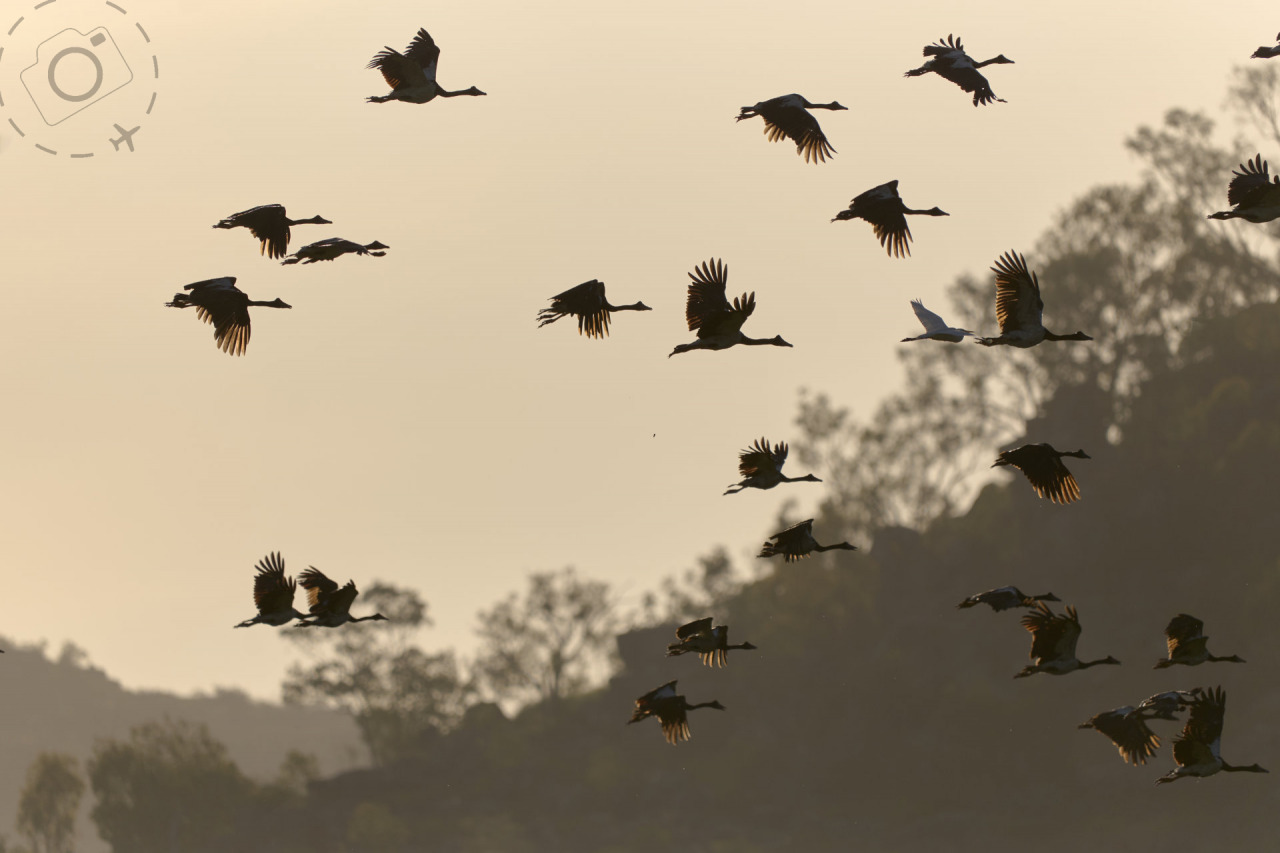
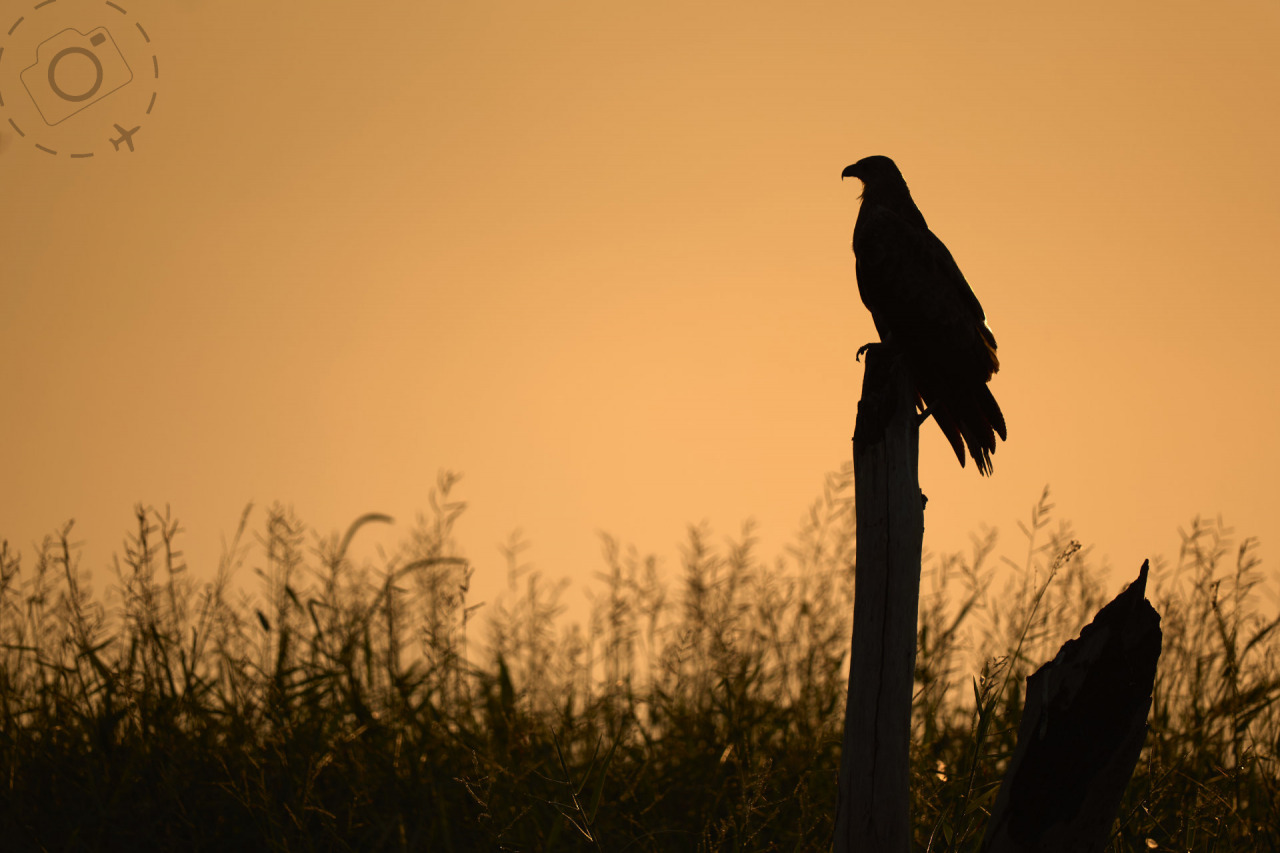
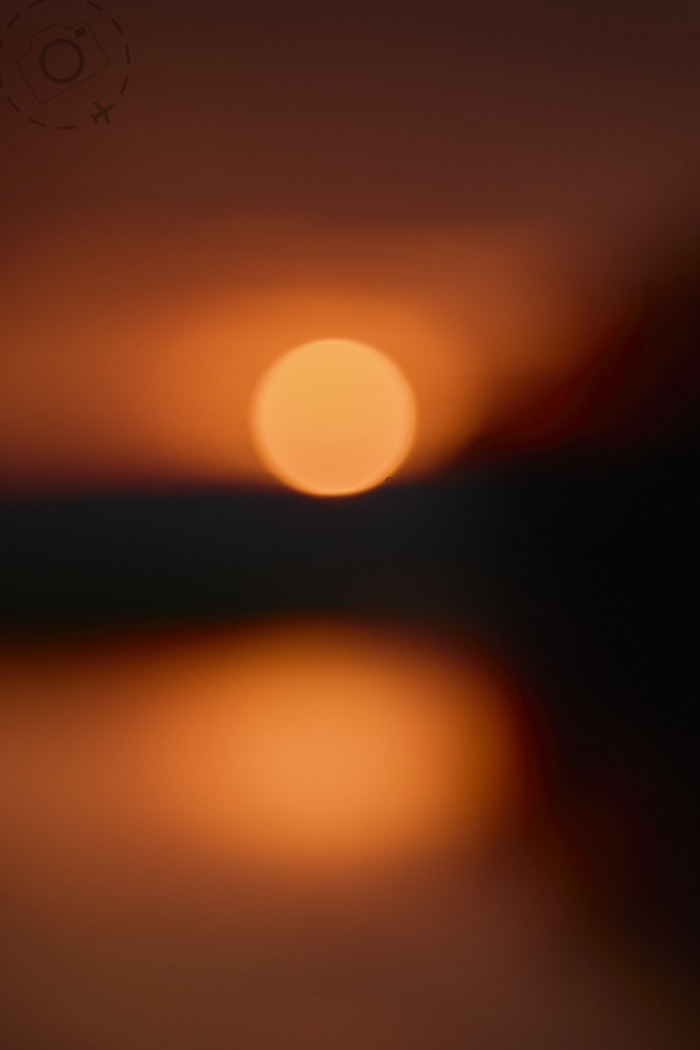
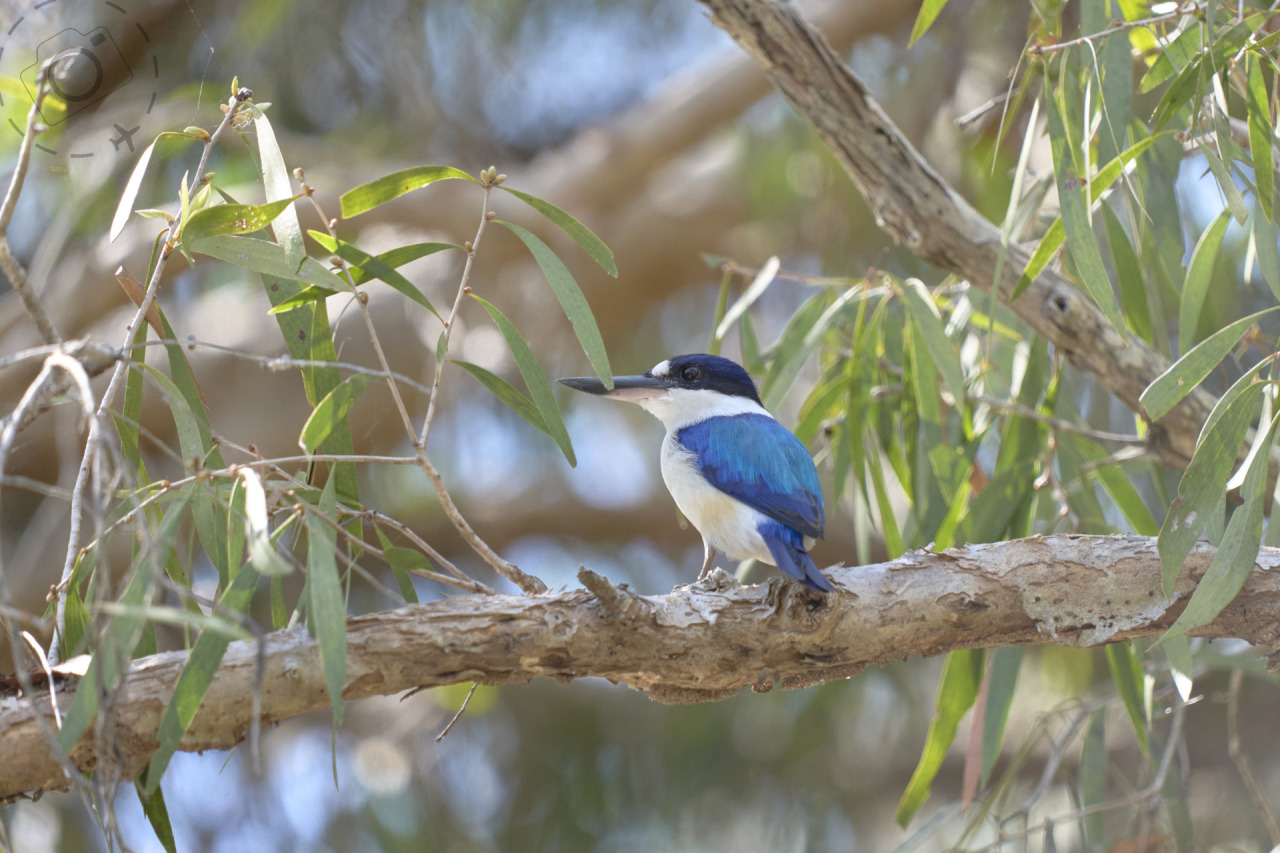
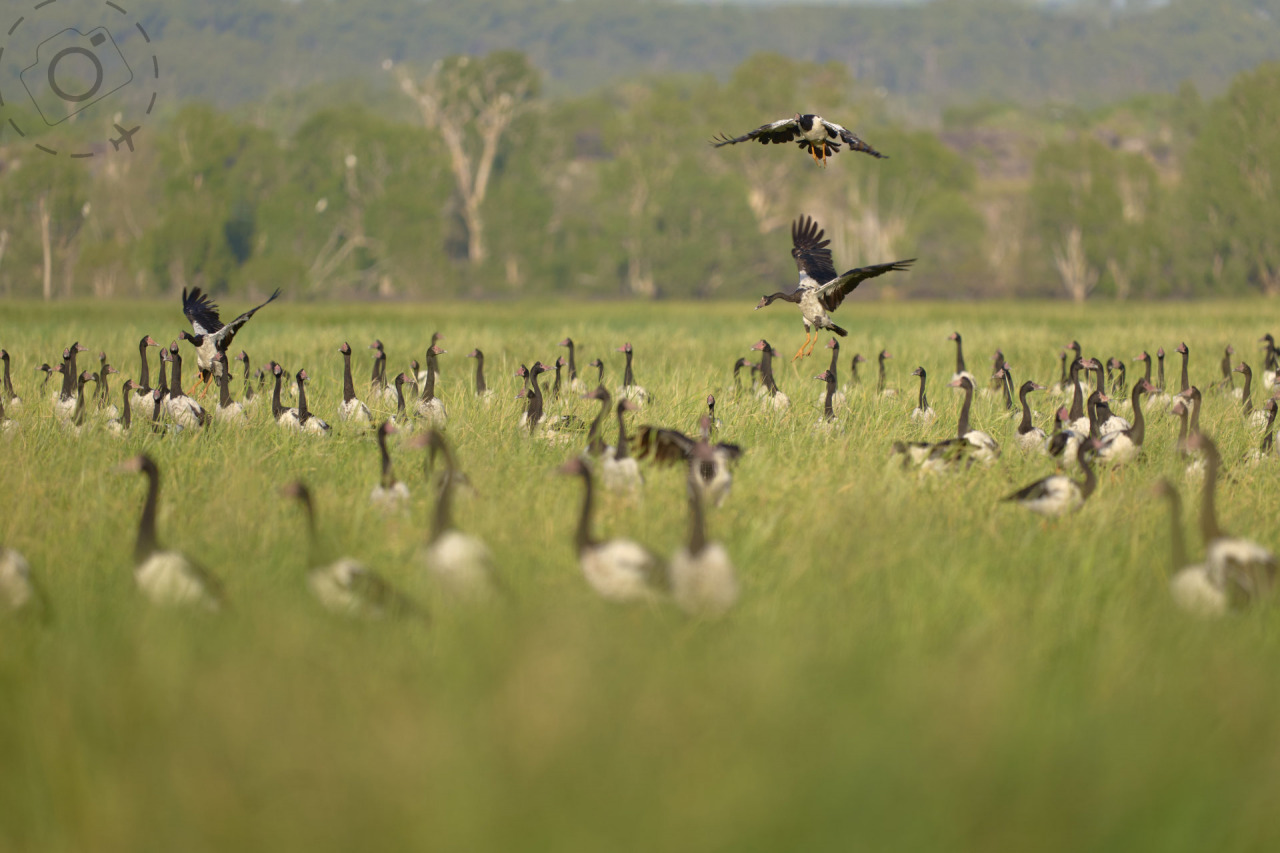
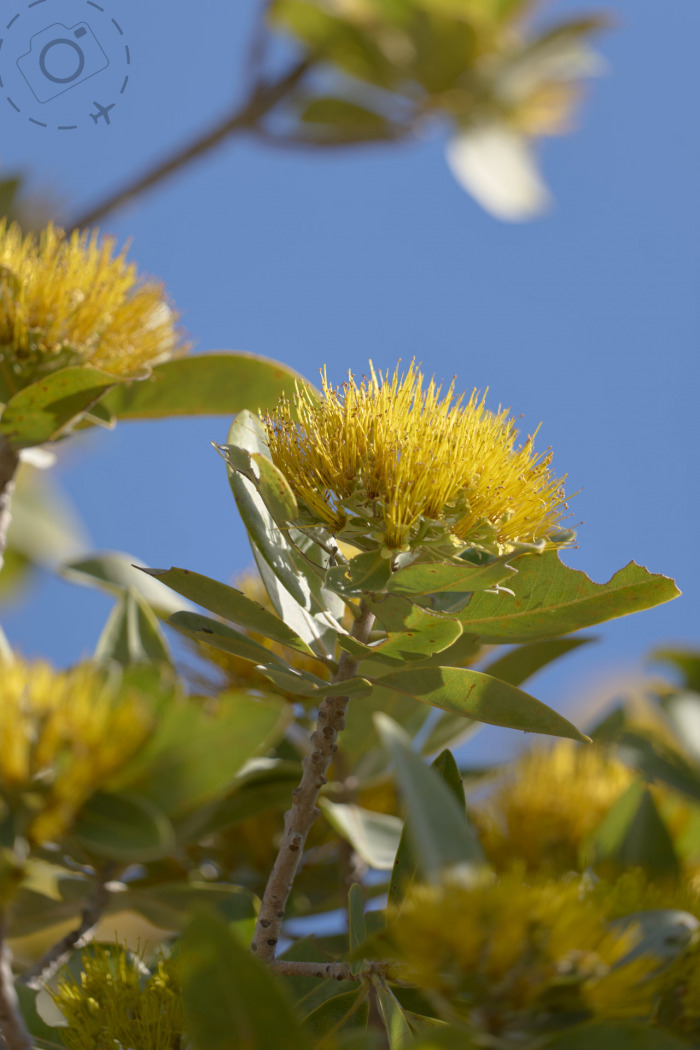
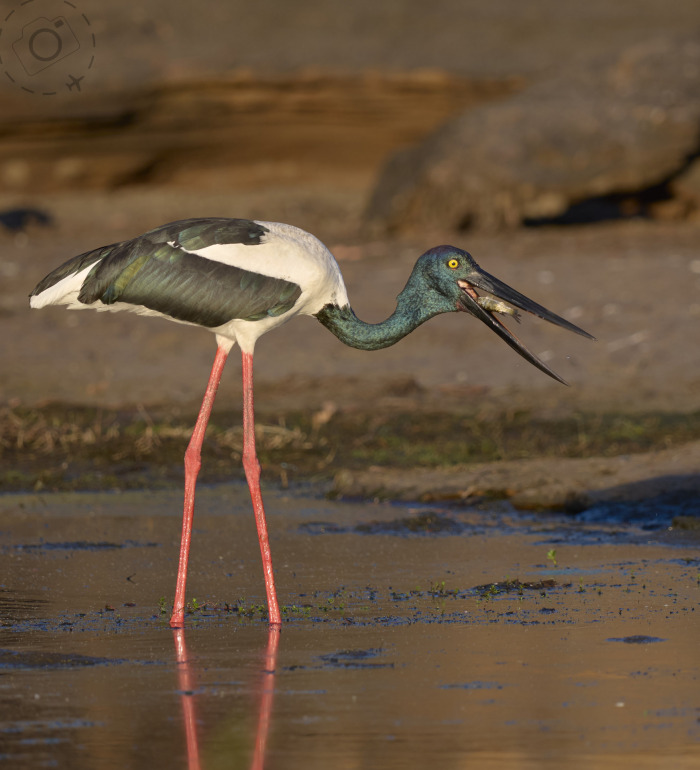
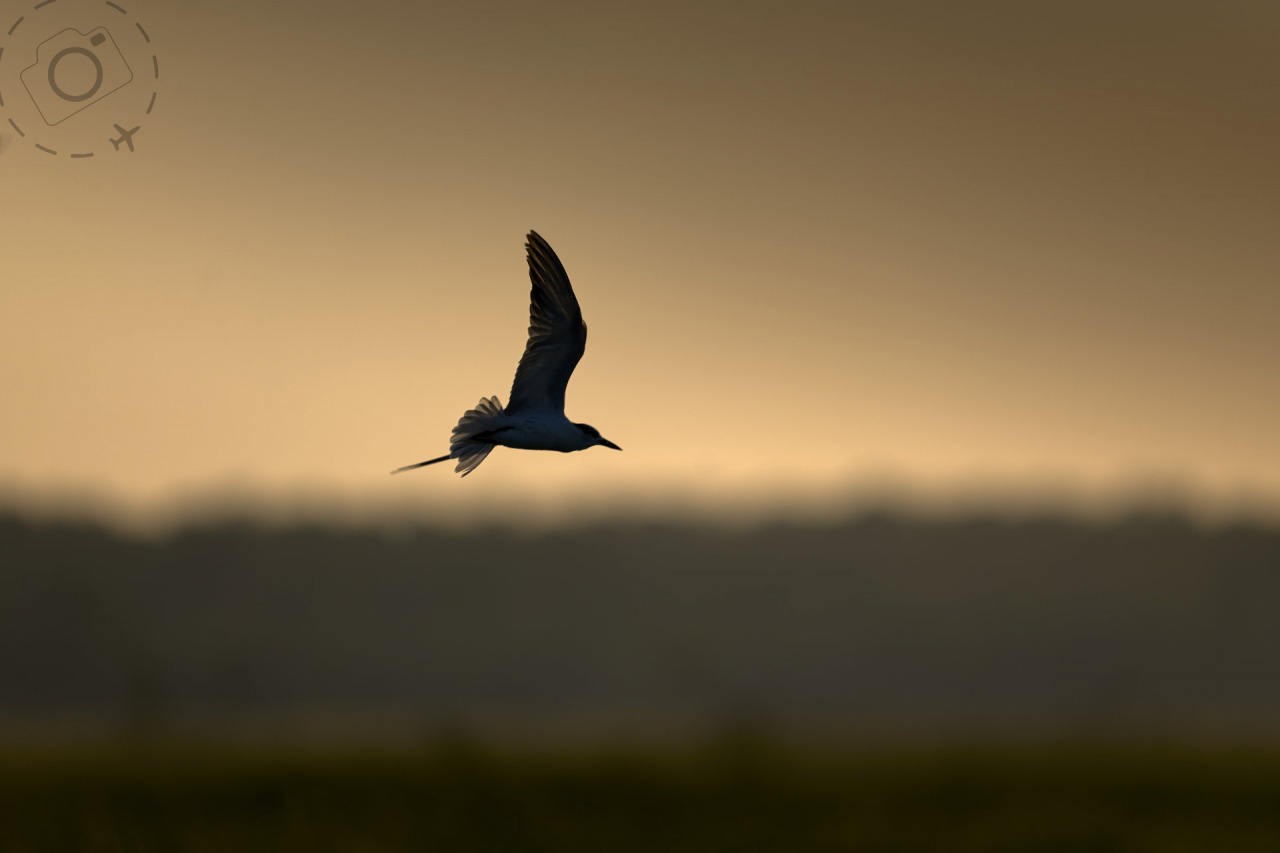
OS MEETS AF
I was stunned at how reliable the S5II autofocus nailed these fast moving targets. The combination of lens and body really works. There’s advanced optical stabilisation (OS) in the Sigma and advanced IBIS in the S5II body, and the two of them co-exist in harmony thanks to a setting in the S5II to select either the lens or the body stabilisation. You can pick one or the other, but not both simultaneously. Sigma and LUMIX are both partners in the L-Mount Alliance, so this shouldn’t be a huge surprise. It is nice to see the technology in action and the promise of the L-Mount delivered. I’m a huge fan of the Panasonic lens range, and the F1.8 primes in particular, but having the option to step sideways and shop through the Sigma catalogue is a major part of the attraction to the LUMIX S series for me as a photographer.
When I first looked at this lens I was sceptical about the need for a 600mm lens to zoom all the way out to just 60mm. I’m more concerned about AF and IS performance than I am zooming wider. When I spoke to the guys at Sigma and asked them about this lens compared to my older 150-600mm DG Sports (from my DSLR days) they confirmed this new model is a very different beast. It’s got a new generation of optical stabilisation (OS2) and a new focus motor (High-response Linear Actuator – HLA) to keep pace with advances in camera technology.
While the 10x zoom factor is unique for this lens, that was not a significant factor when I went shopping. But once you have a 60mm lens on hand for wildlife shooting on a billabong, you find moments to utilise it. Grabbing a few shots of the location and landscape at 60mm was a bonus. Before we arrived in Arnhemland for the wildlife we travelled through Ikara National Park (Flinders Ranges) and Tjoritja National Park (West Macdonnell Ranges) and I got a good chance to see what a 10x zoom can offer for landscapes. Imagine a sunrise location where the first light of day paints up mountain ridges, with foreground views across the outback terrain. Sometimes you want 60mm, sometimes 100mm, sometimes a lot more than that still. I wouldn’t normally punch in to 600mm to extract detail from a sunrise scene, but with this lens I had that option.
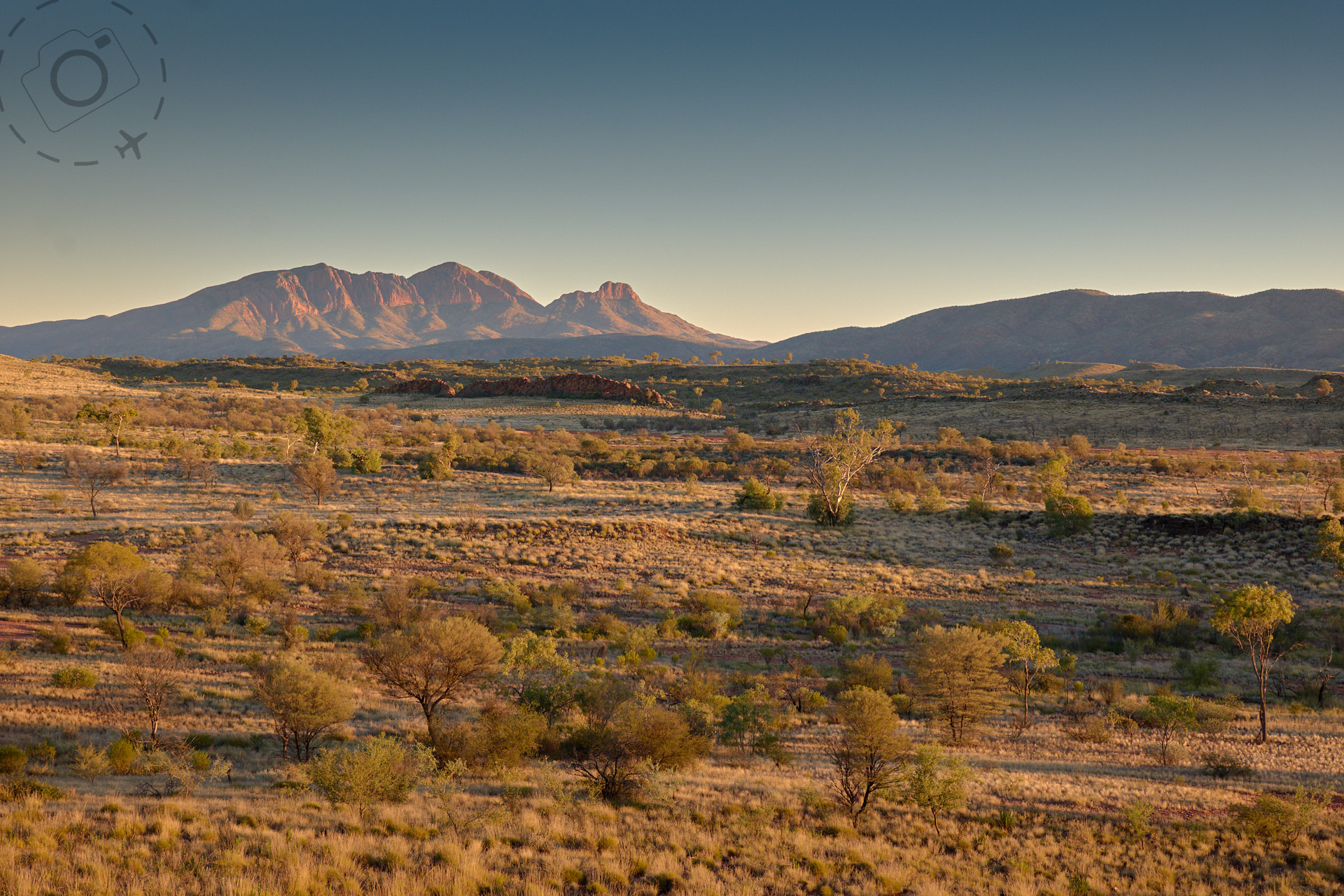
📷 @ 60mm focal length
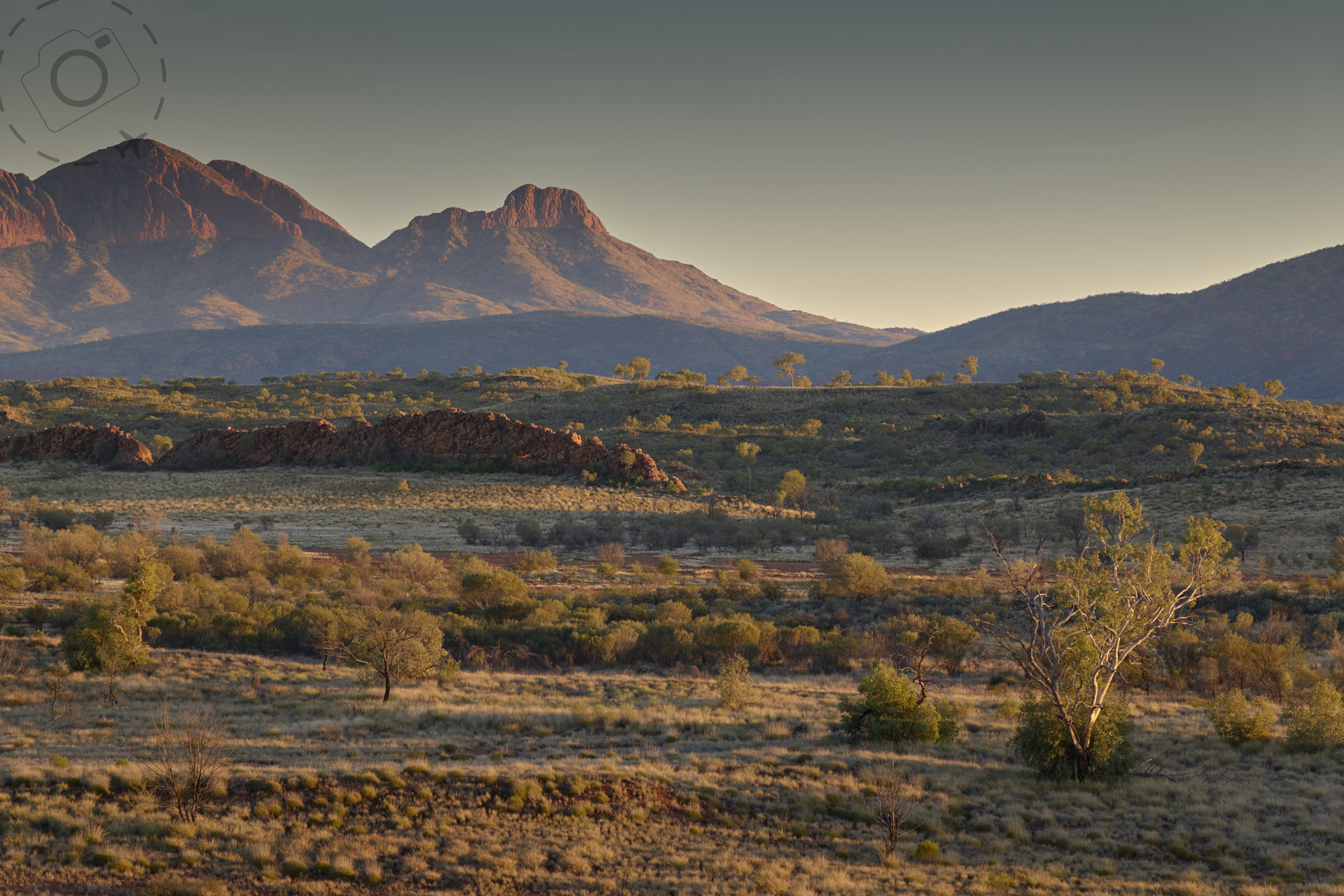
📷 @ 150mm focal length
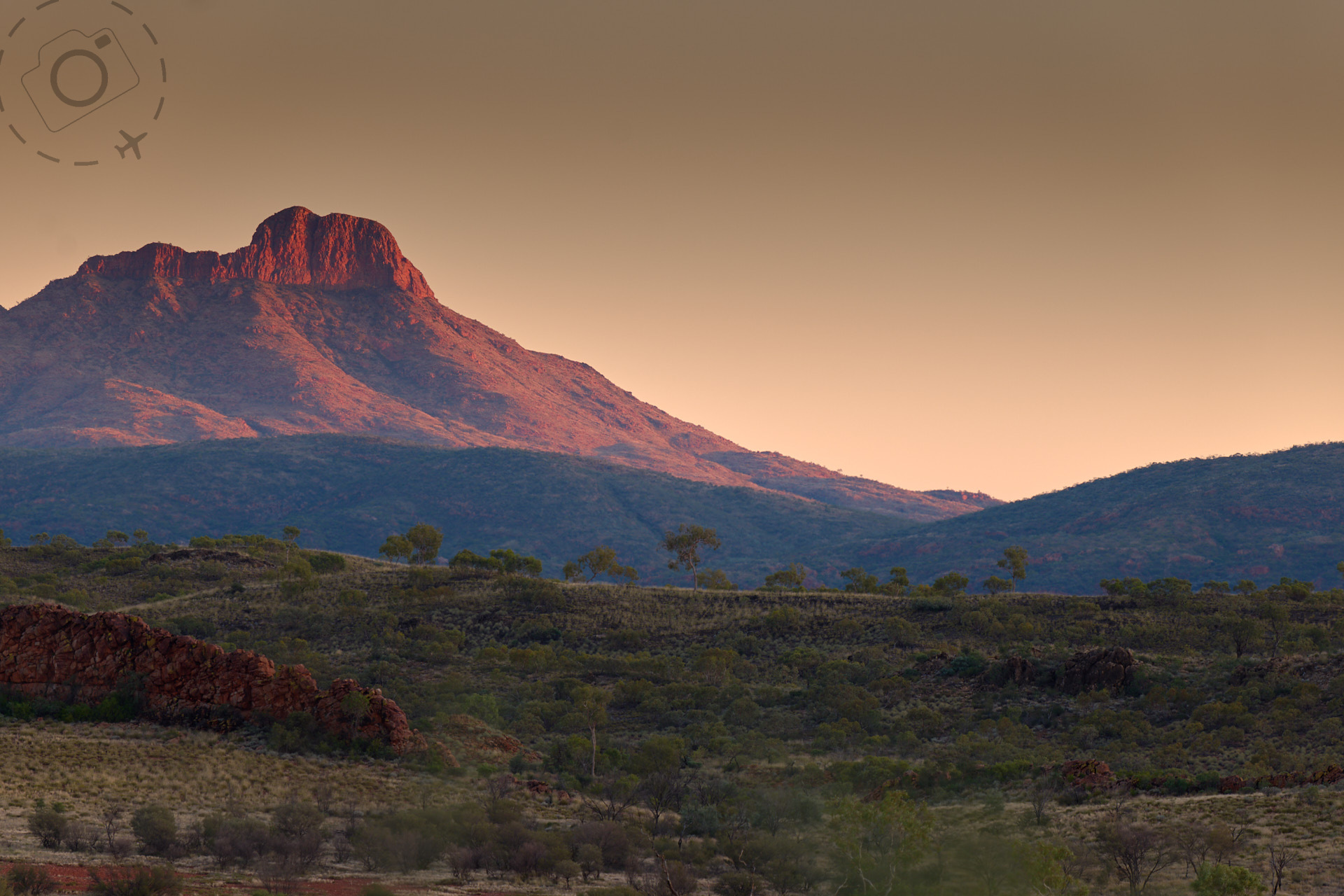
📷 @ 270mm focal length
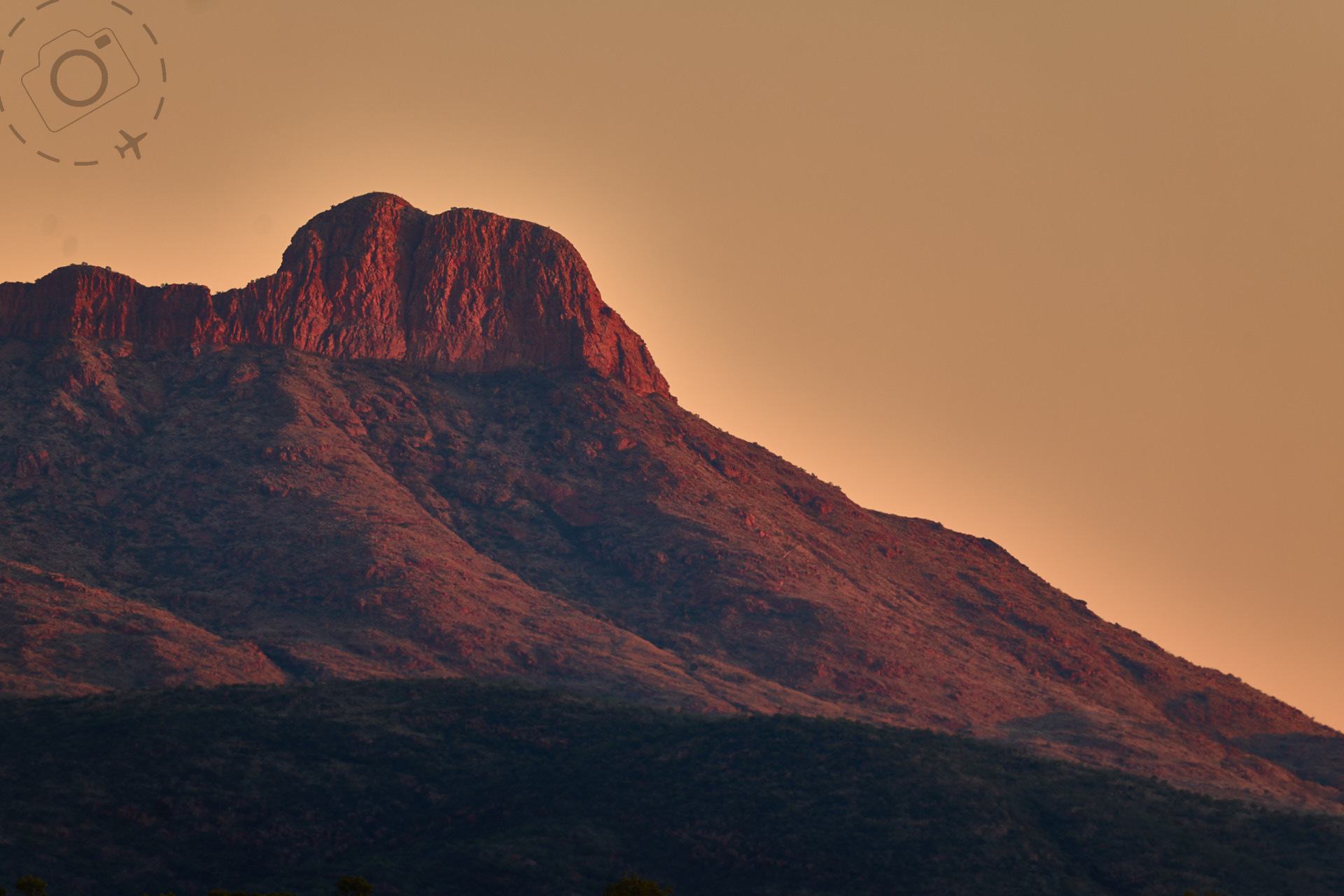
📷 @ 600mm focal length
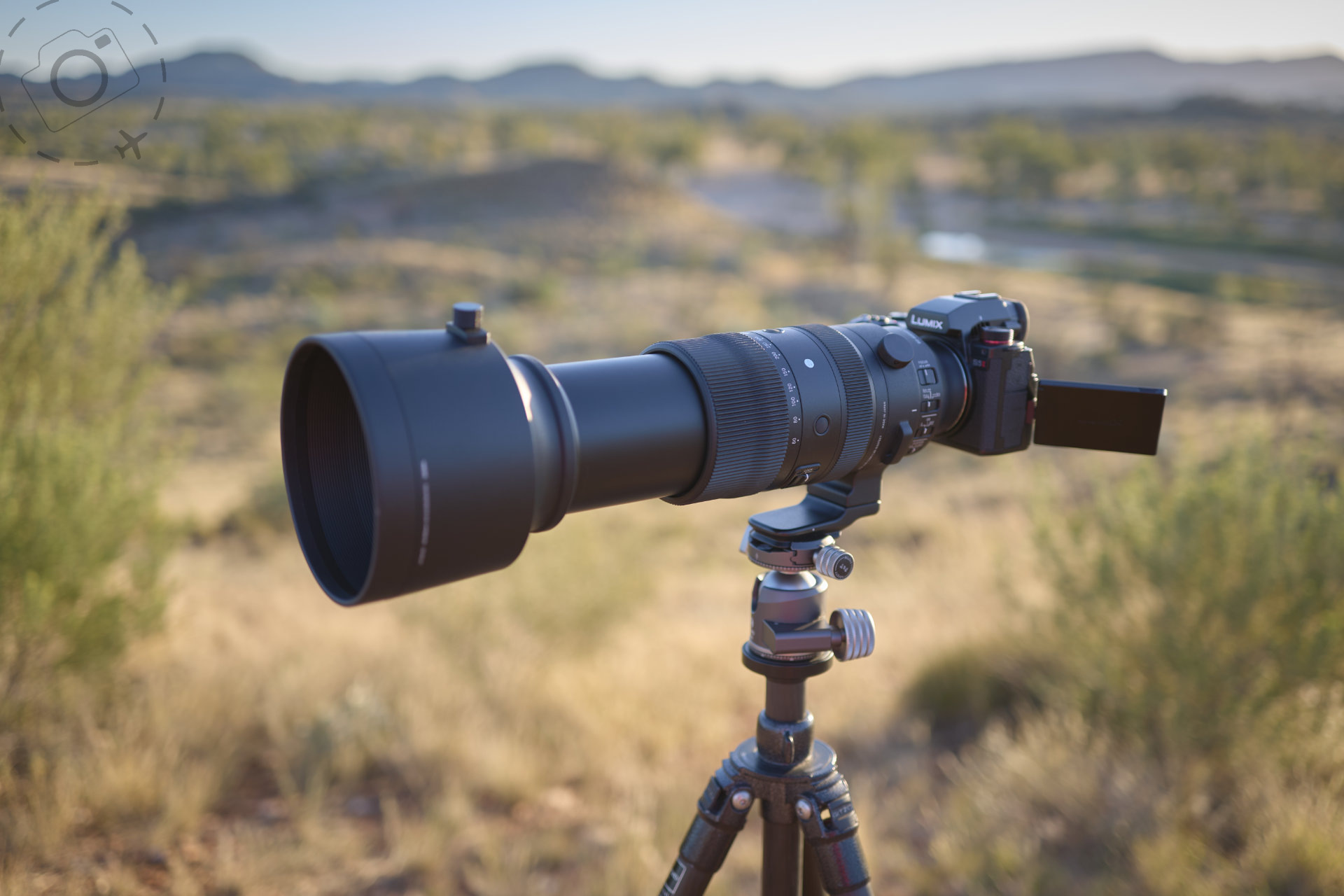
📷 = Sigma 60-600mm on the LUMIX S5II
Where the 60-600mm range really shines is shooting video. Flexibility is a major win when capturing motion footage, and avoiding lens changes on a wildlife shoot is a genuine bonus. On the billabong I tend to work mostly at 600mm, but within seconds I can roll wide to 60mm and start grabbing some footage of the wetlands as we motor along the water. Without a doubt there’s a lot more I can do with a 60mm wide end than the older 150mm-600mm. More importantly, that 60mm wide is delivered without trading-off focus performance or stabilisation performance. Indeed Sigma took a step forward on both.
There's one more party trick on this lens that's worth a serious mention: it's near macro performance. Slipping the zoom out to 200mm yields the lenses optimal macro magnification of 1:2.4. That's very useful indeed if you're out capturing a bit of wildlife but also have time to stop and enjoy the little things like flowers and butterflies. If you want real macro reach you'll want a real macro lens of course, such as the Sigma 105mm F2.8 Macro. Wide open at 200mm the Sigma 60-600mm delivers an aperture of f/5.5, which is workable and still generates some nice bokeh if you work the angles a little. It's basically three lenses in one: Not only do you get everything from 60mm to 600mm, but you can also get very useful up-close as well.
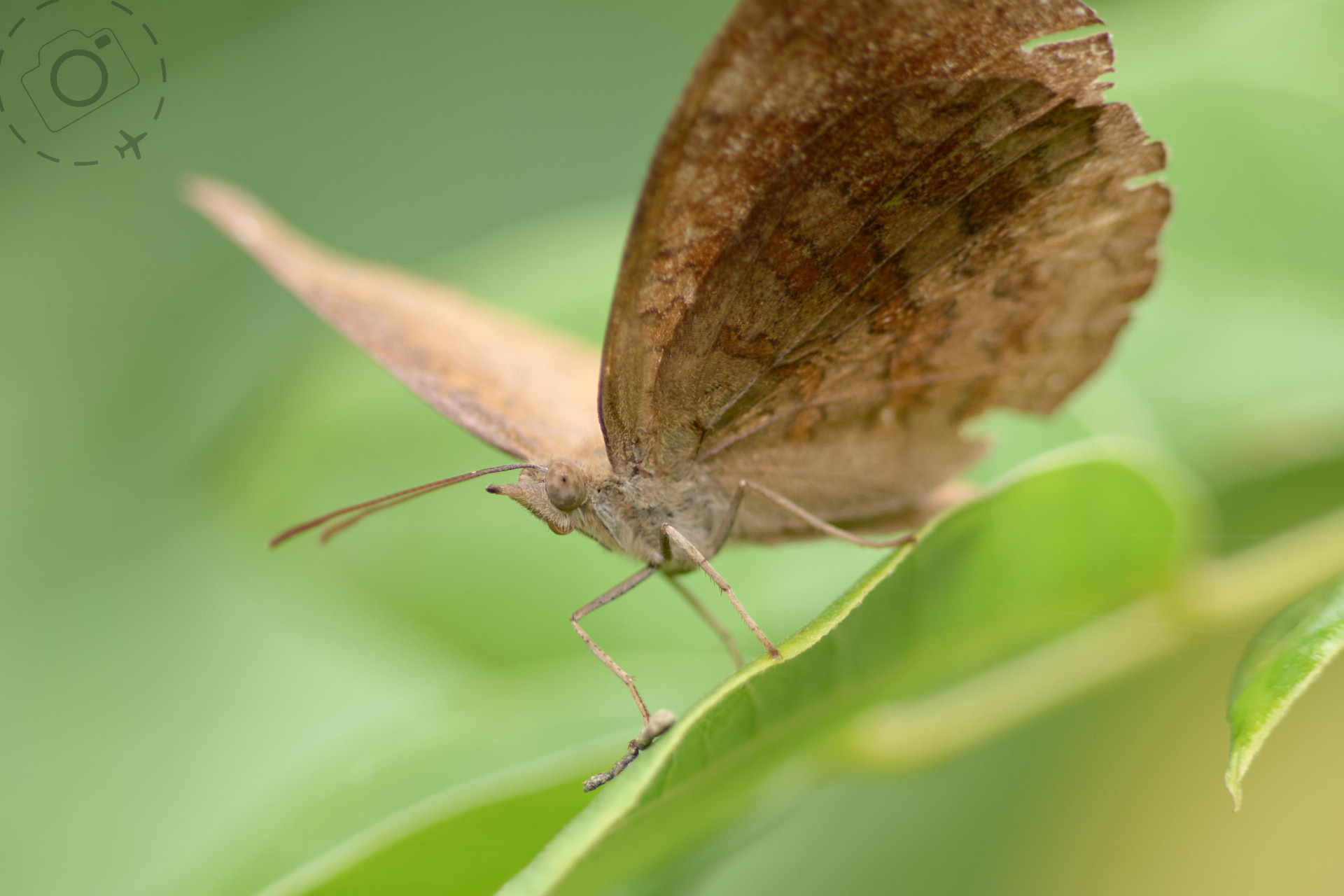
PACKED AND READY
This is not a small lens. Squeezing 600mm into your camera bag is never simple, but thankfully this Sigma model does sit snugly in my 36L Peak Design Travel. I was on the road for two weeks with two full-frame camera bodies, three f/1.8 LUMIX S prime lenses, a 105mm macro (also by Sigma) and the beastly 60-600mm zoom. And still had room for other essentials and my MacBook Air. It makes for a super heavy bag, but it is packable. My next journey with the 60-600mm will be shooting birds in Bhutan, again with the same packing list.
What I can’t do is pack away this lens while attached to a camera body. I’d need a much bigger bag for that. While there are plenty of camera bags that will do this, my preference is for something smaller that won’t attract the attention of airline check-in staff. It’s great that I can squeeze such a powerful lens into a modest sized bag though. While preparing my kit for the Bhutan trip I also discovered the 60-600mm fits nicely into the Peak Design 10L sling, which opens up another option for keeping it on hand.
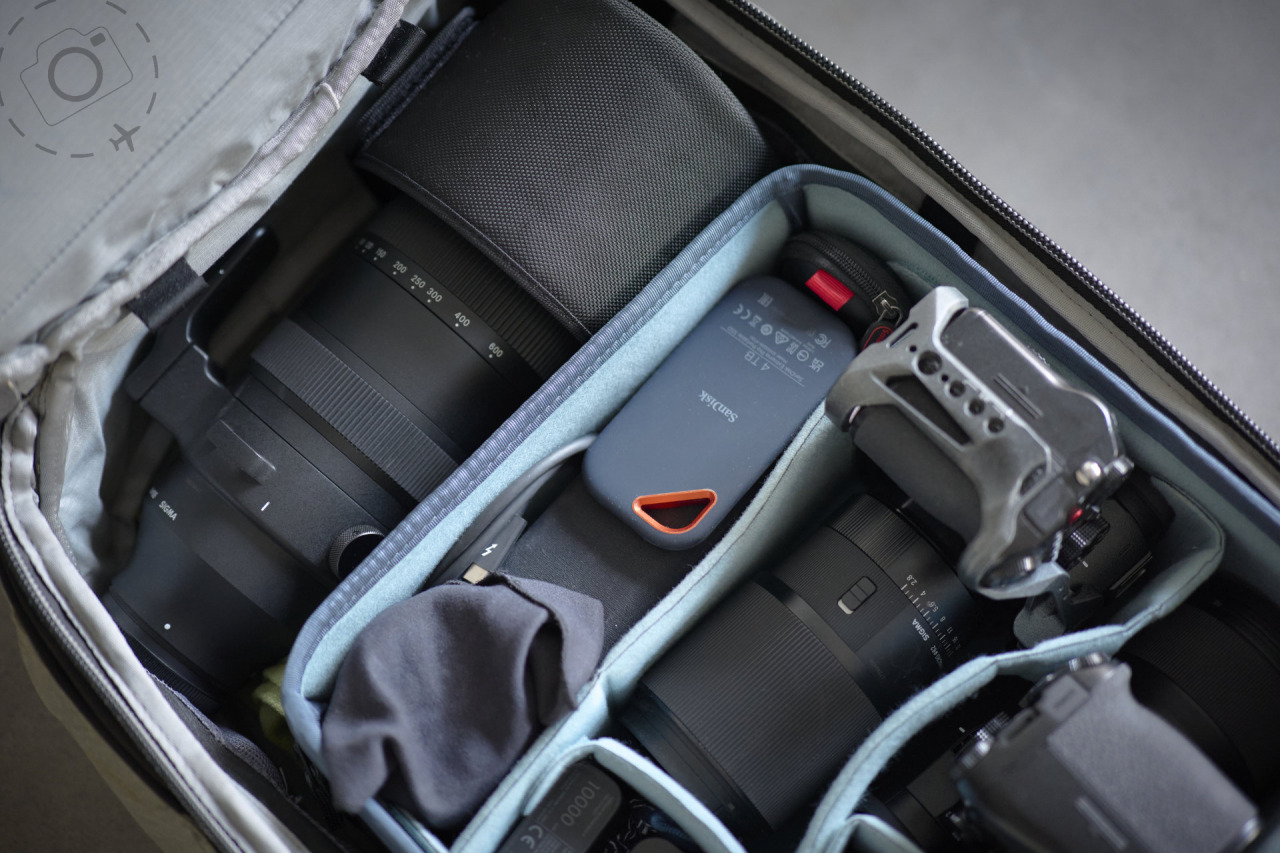
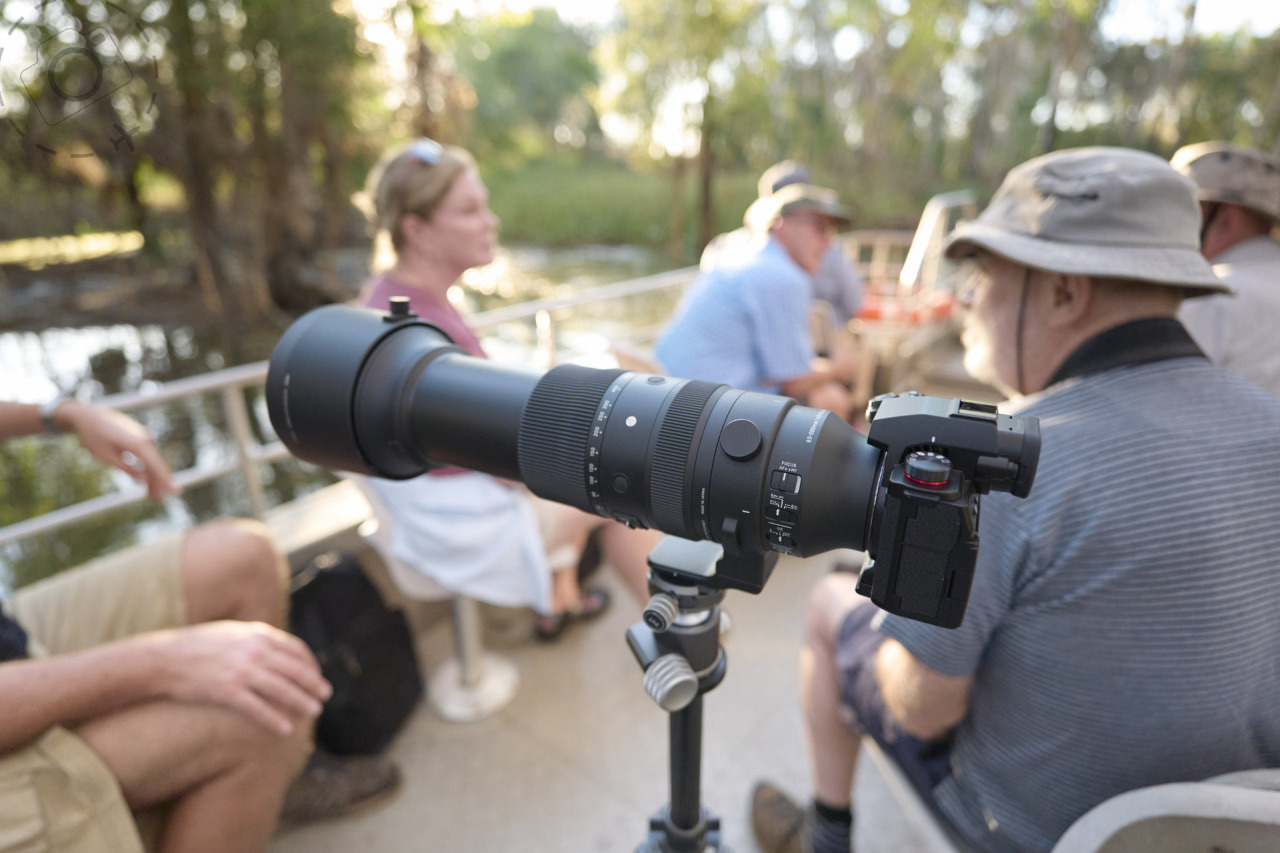
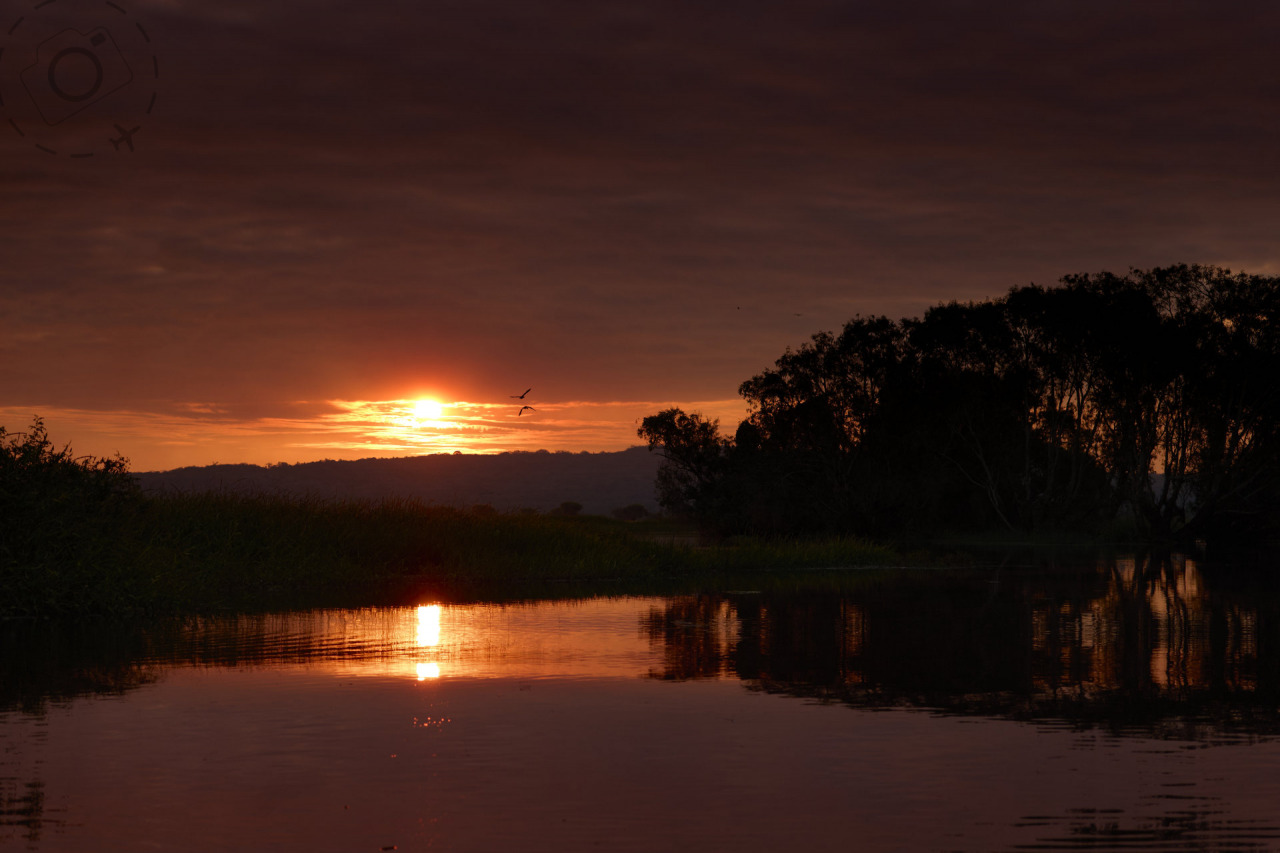
SHARPNESS AND CONTRAST
What matters most in a super-telephoto is the quality of image, and what impressed me most about the 60-Sigma 600mm is the quality of image. I shot some Yellow-footed Rock Wallabies in 4K and pulled it up on the MacBook Pro Retina Display that afternoon to review the footage. The fine detail in the fur and eye-lashes of these gorgeous marsupials was incredible. It was a lovely morning out shooting, so to see the quality of footage locked away on the hard disk was deeply satisfying. I love having a great souvenir of a great experience.
Pulling up the RAW stills was even better though. We’d spent over an hour shooting rock wallabies that morning, and when we got tired of that we stopped under the shade of river gums to enjoy a picnic breakfast. Before I could pour a cup of coffee I was distracted by the peep of pardalotes. These very very small creatures are the most beautiful bird that most Australians have never heard of. It turns out the river gums in Ikara are very popular with Striated Pardalotes. These little birds are hard to capture, because they’re half the size of a gum-leaf, they move fast and they move high. Even with a 600mm lens I typically have to crop in a mile to frame a shot.
Pardalotes darting about half-way up a giant river gum is a challenging shot, but the lens delivered. I was shooting handheld, in the shade, waiting for that fleeting moment when one of the pair pause for 1/200th of a second. No problem. Low contrast light is my litmus test for lens quality. Between this pardalote encounter, and a few other marsupials we captured after dusk, I was left in no doubt about the brightness and contrast of this lens. A lot of cheaper telephoto lenses will lack contrast and clarity at full extension, delivering a muddy image – no such drama from the Sigma 60-600mm F4.5-6.3 DG DN OS Sport L-Mount.
There are other features on this lens that I won’t be going into detail here, such as the custom settings switch, focus distance range selector, the usual modes for optical stabilisation, plus compatibility with Sigma tele-converters and the UD-11 USB dock. These features are exactly what you’d expect, and for me just a lot less interesting compared to the headline features: the quality of image, quality of autofocus and quality of stabilisation. I wanted to know how this lens performs in the bush, chasing big creatures and small.
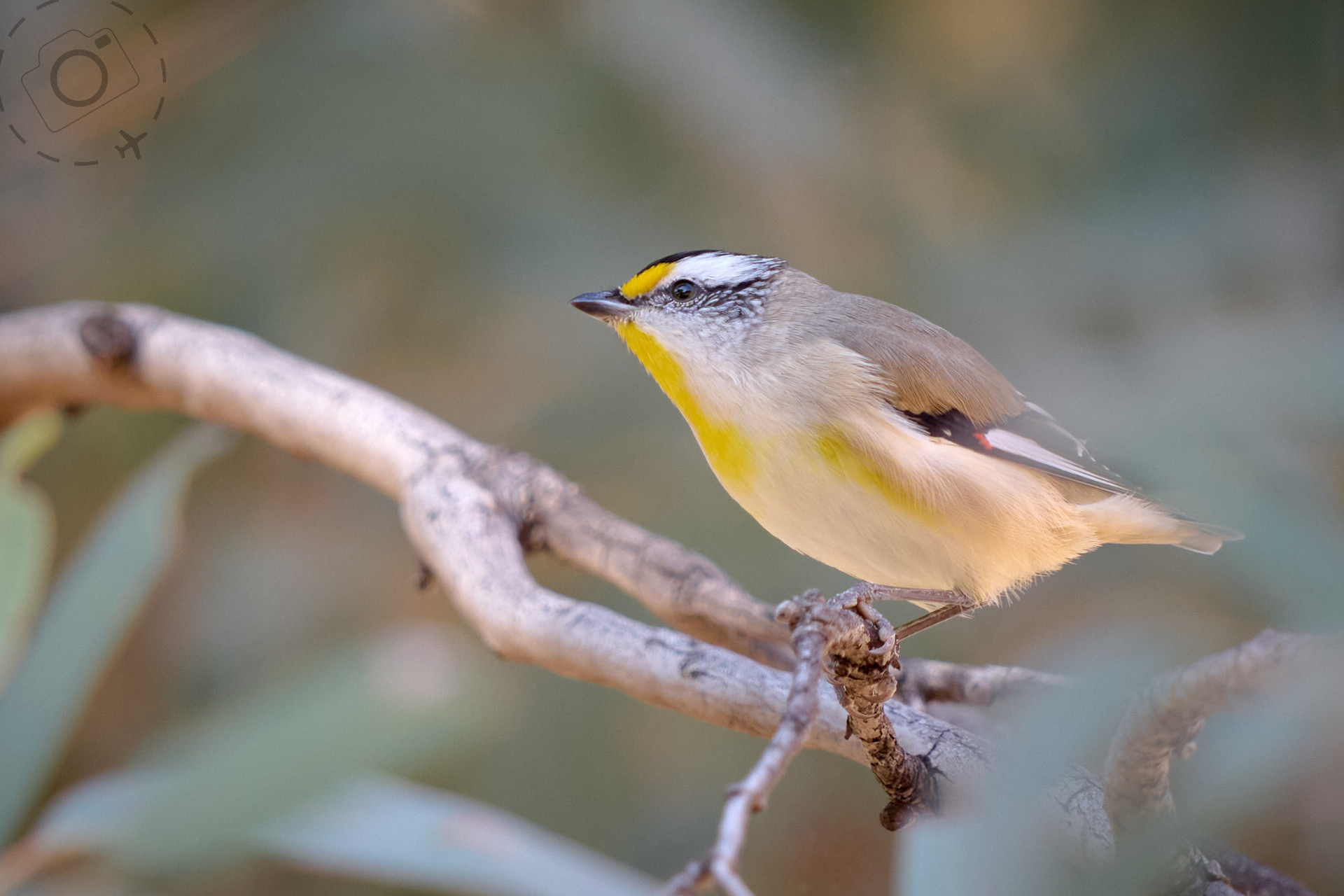
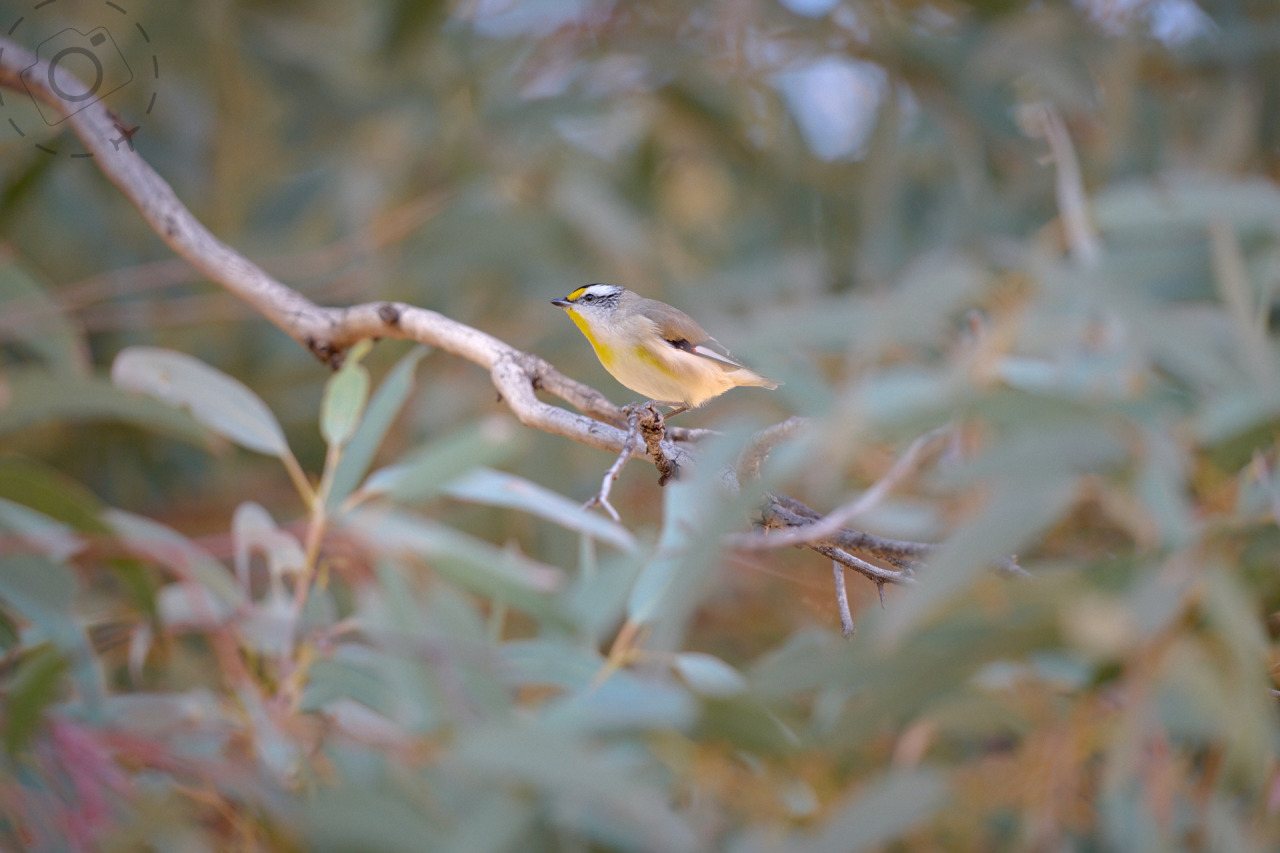
SUMMARY
This lens ticks a lot of boxes. It’s big, but it’s worth it. L-Mount and E-mount shooters get access to everything you would want from a super-telephoto – image quality, focus performance, stabilisation, bokeh, plus a tonne of additional flexibility at the wide end. It’s packable, manageable and affordable. Sigma’s latest and greatest AF and OS technology has been squeezed into the lens, giving full-frame cameras an easy choice for chasing wildlife, big or small.
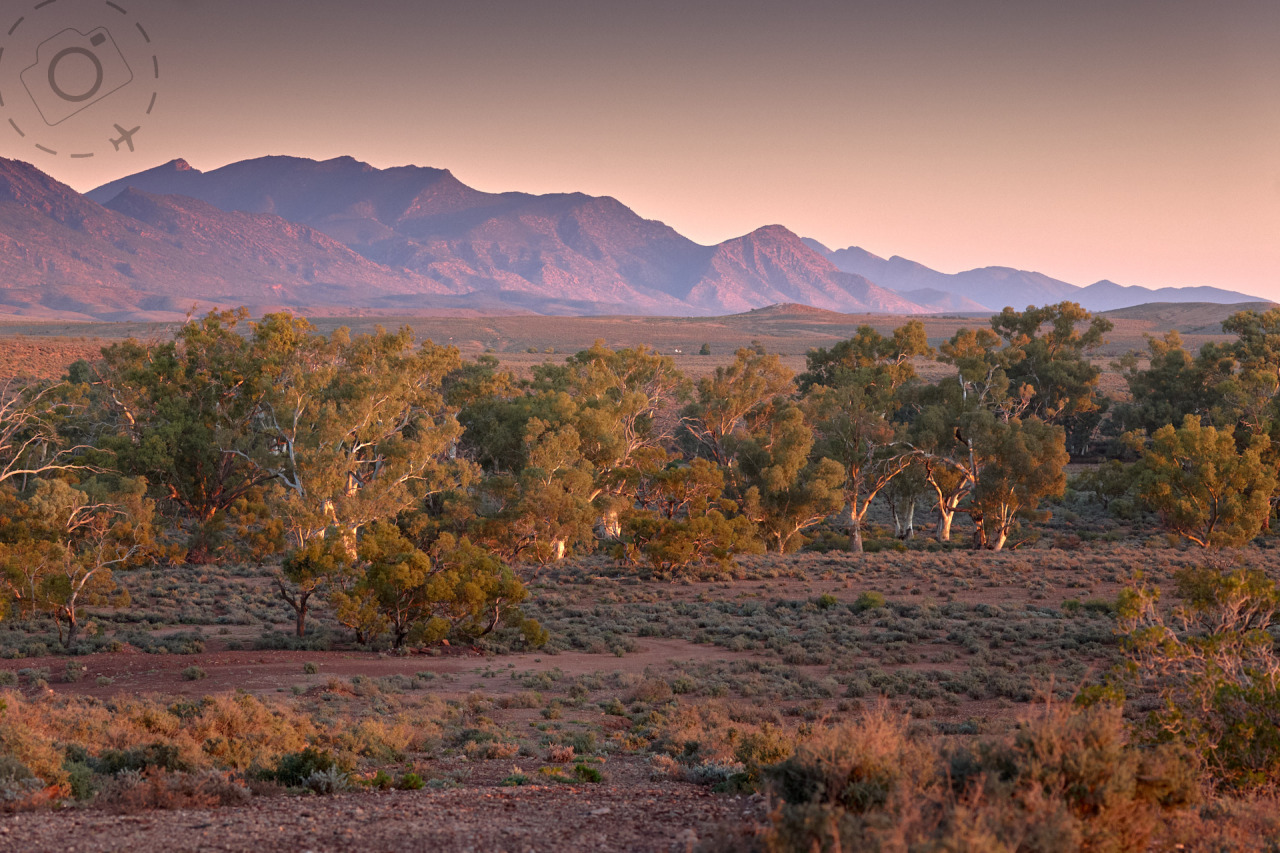
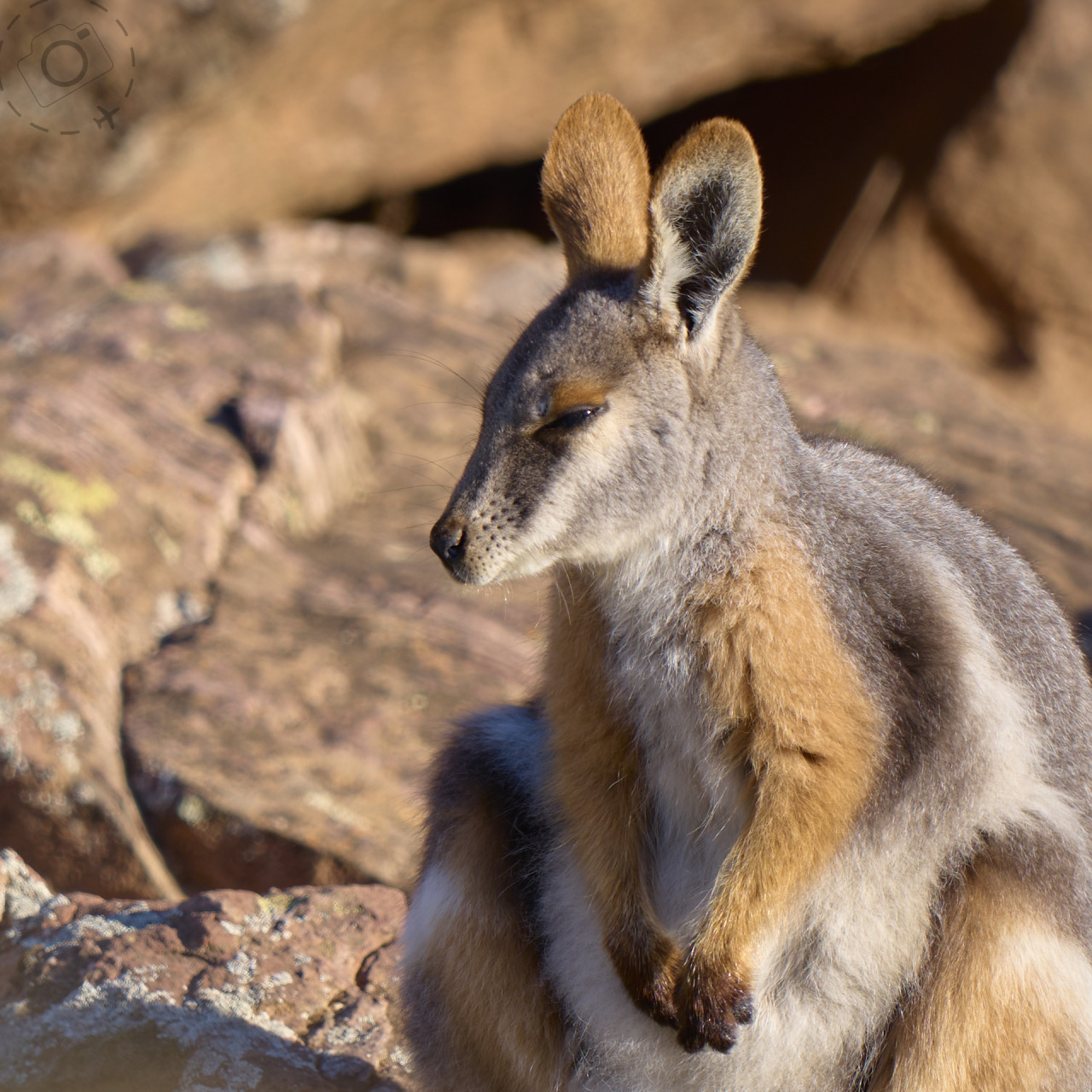
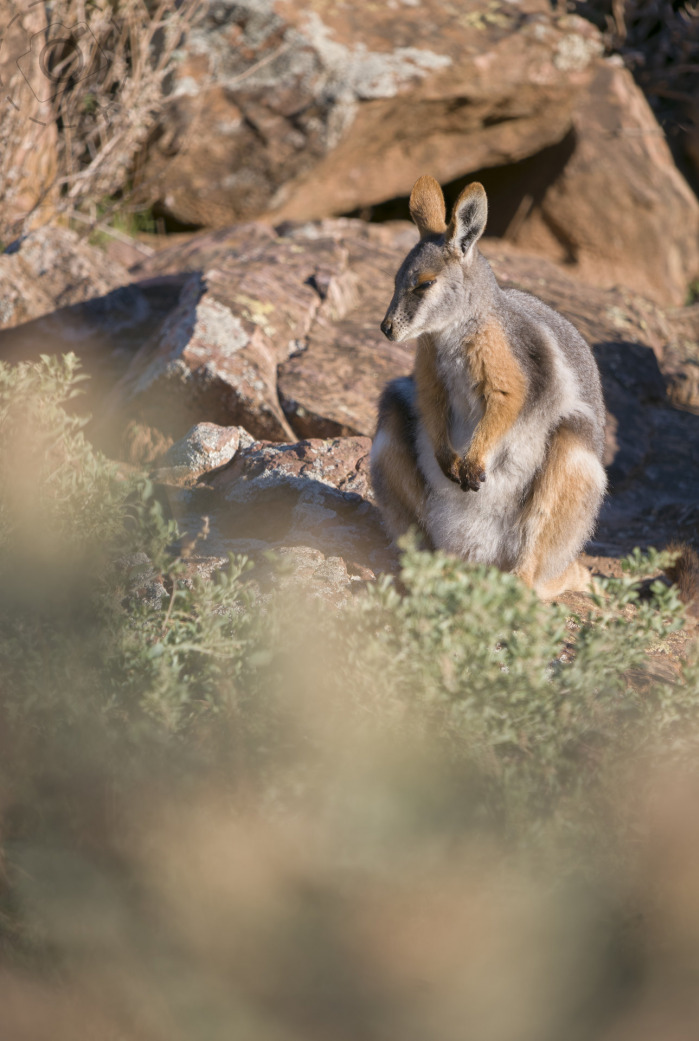
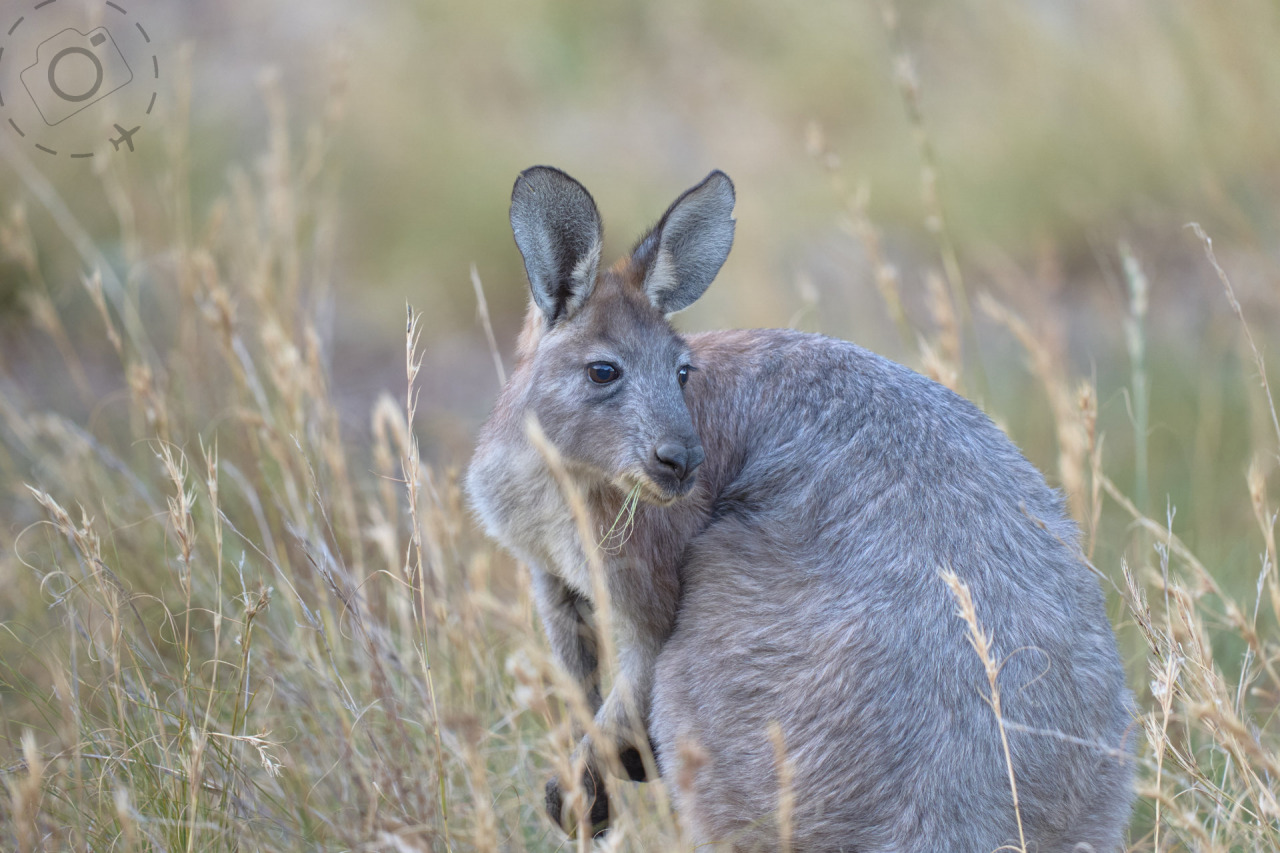
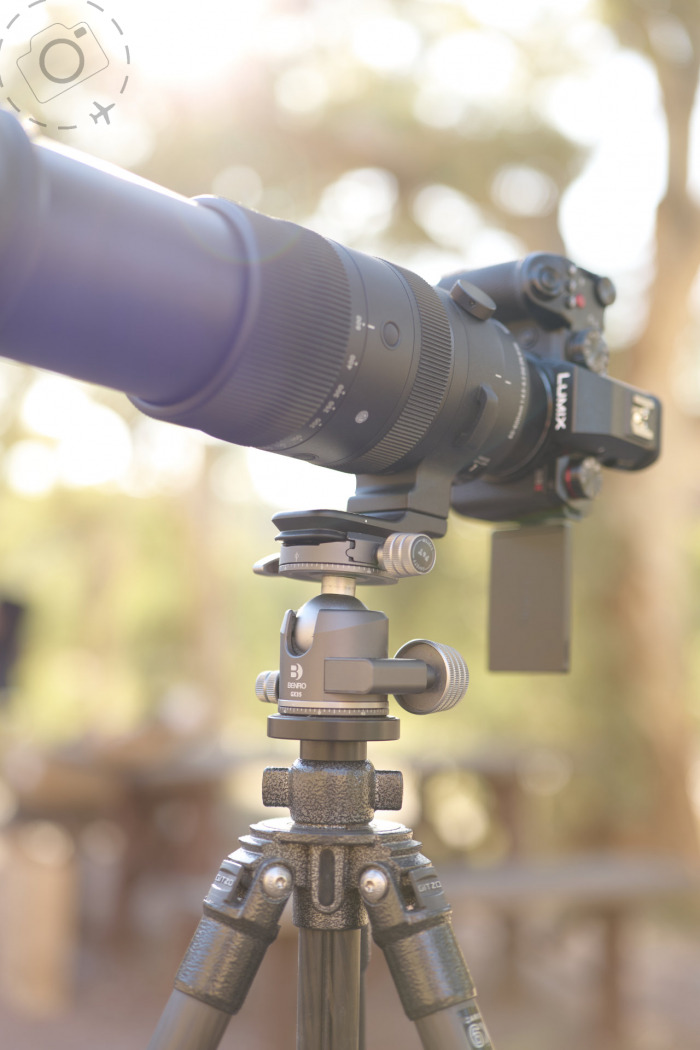
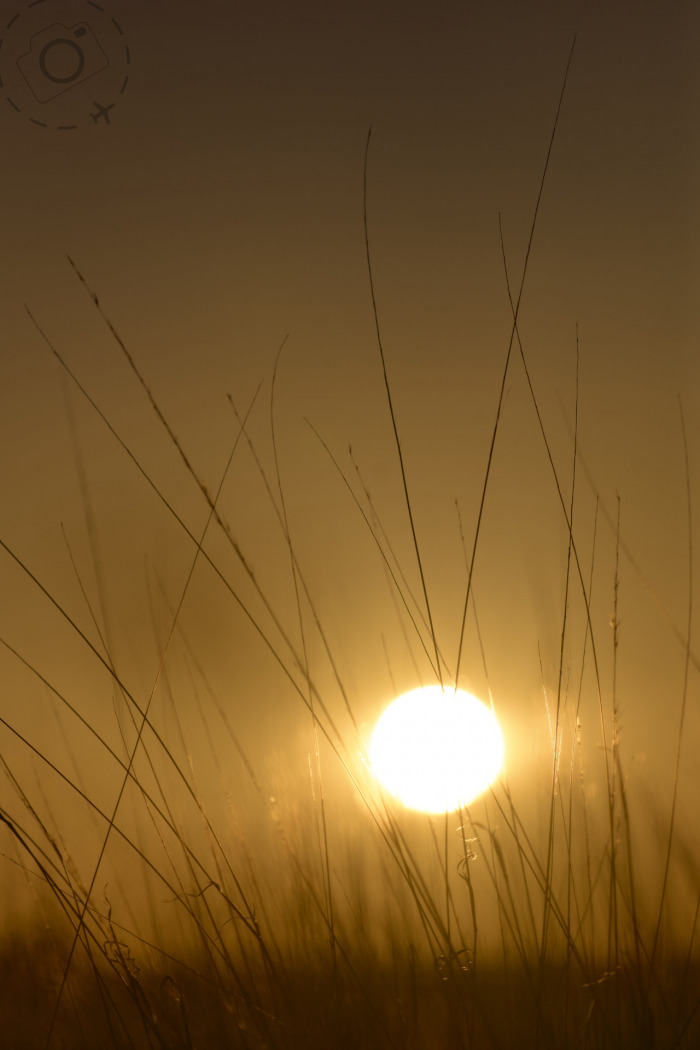
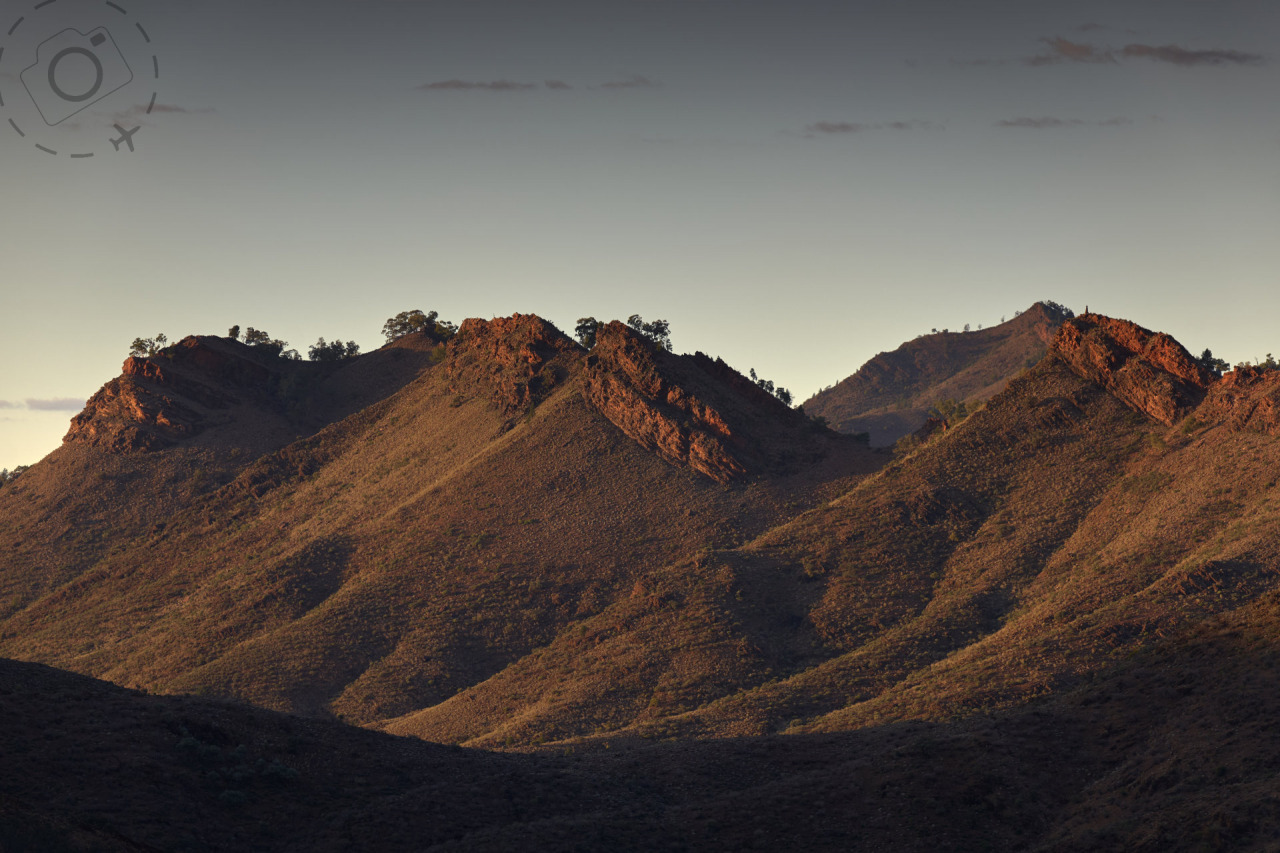

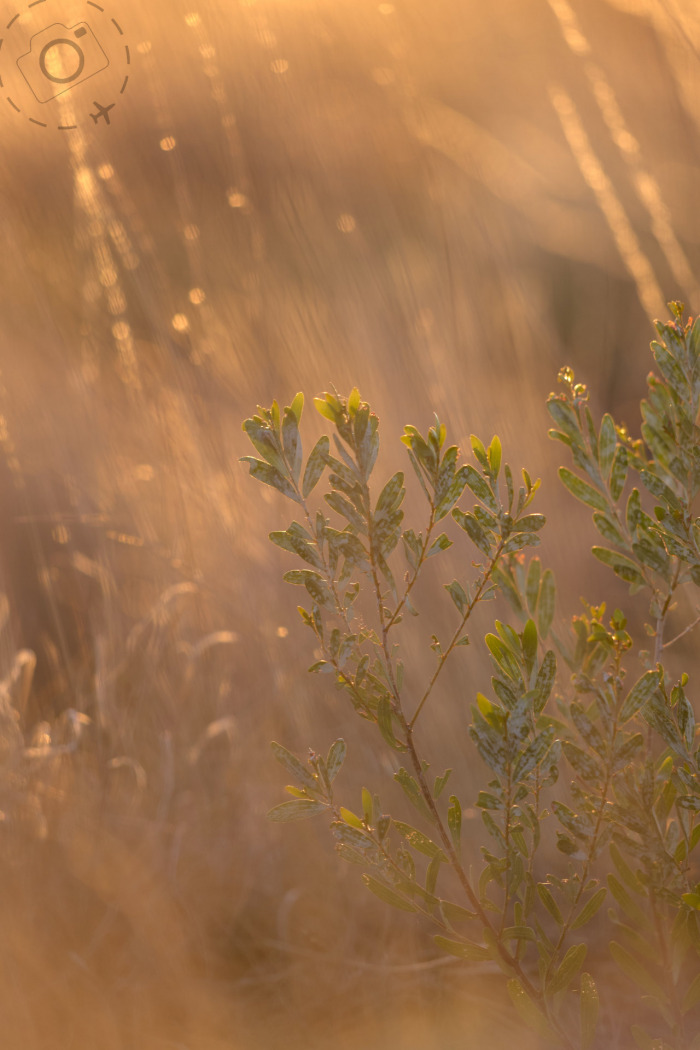
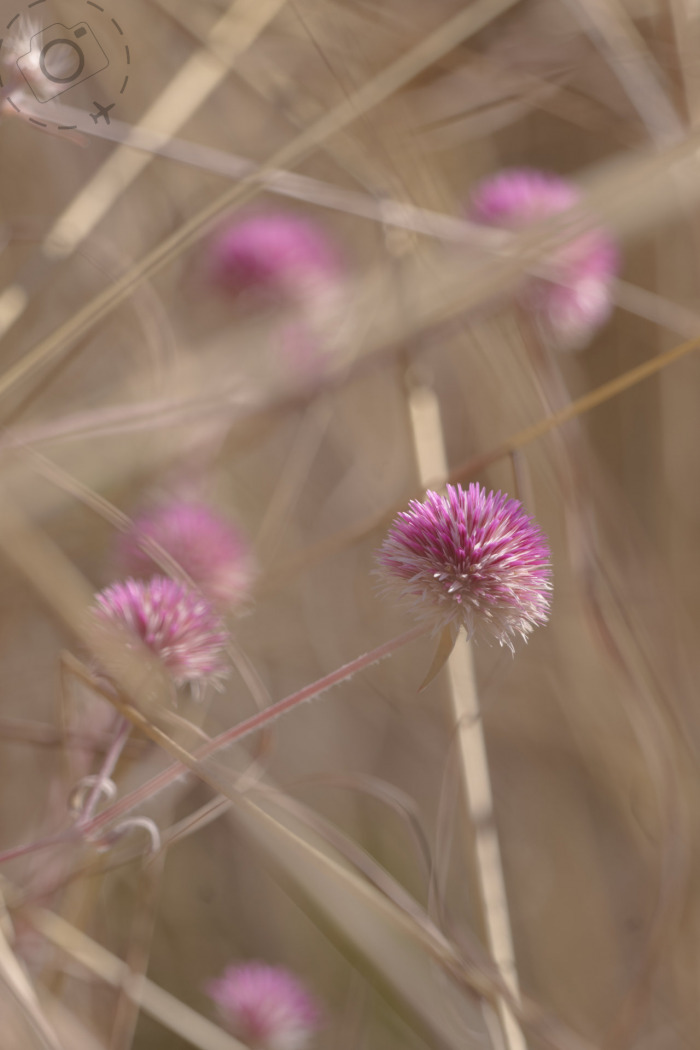
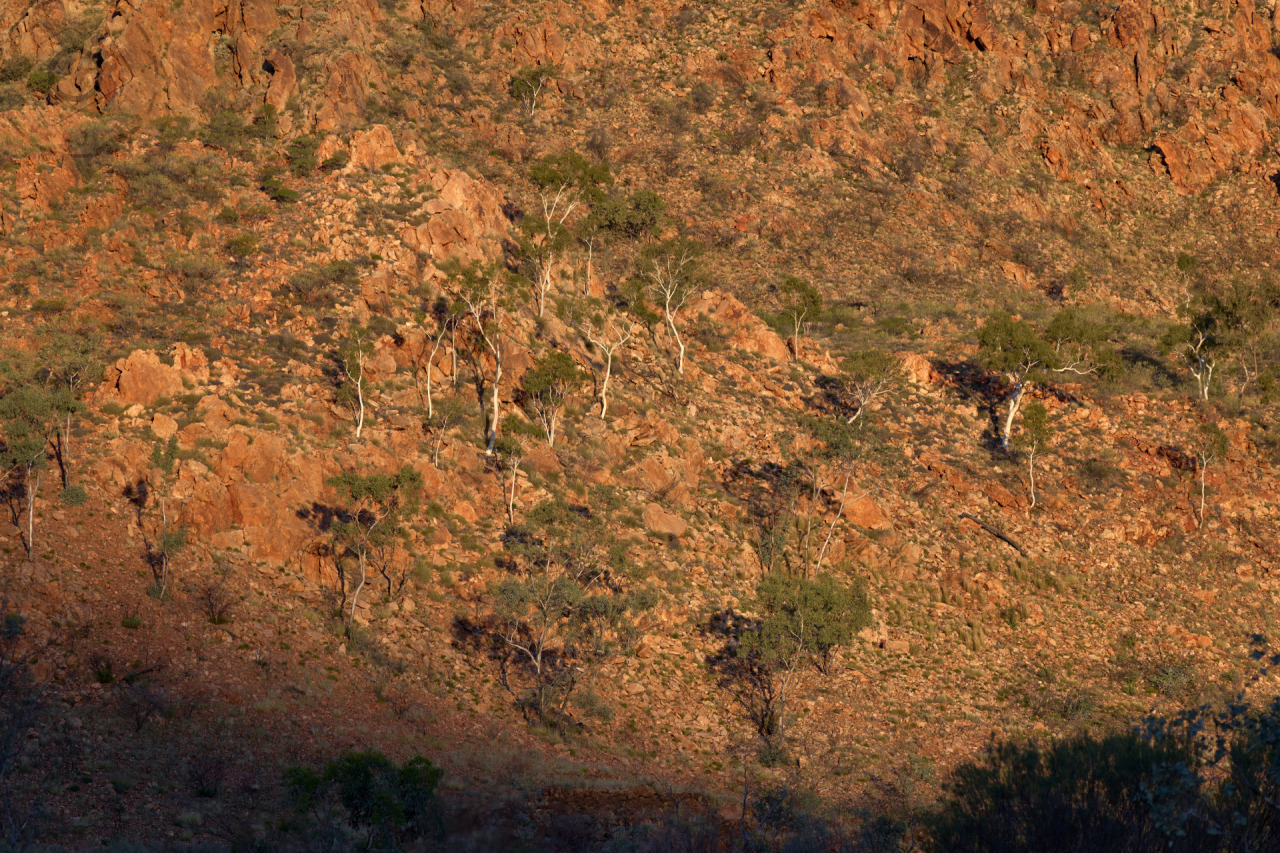

Keep Reading
Join Ewen's newsletter for monthly updates on new photography articles and tour offers...Subscribe Here

